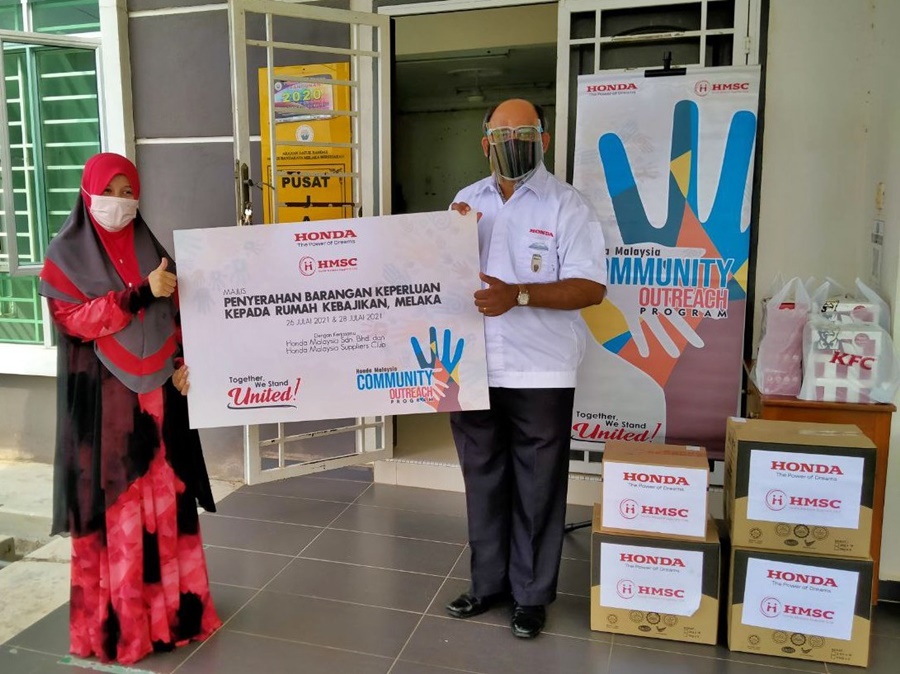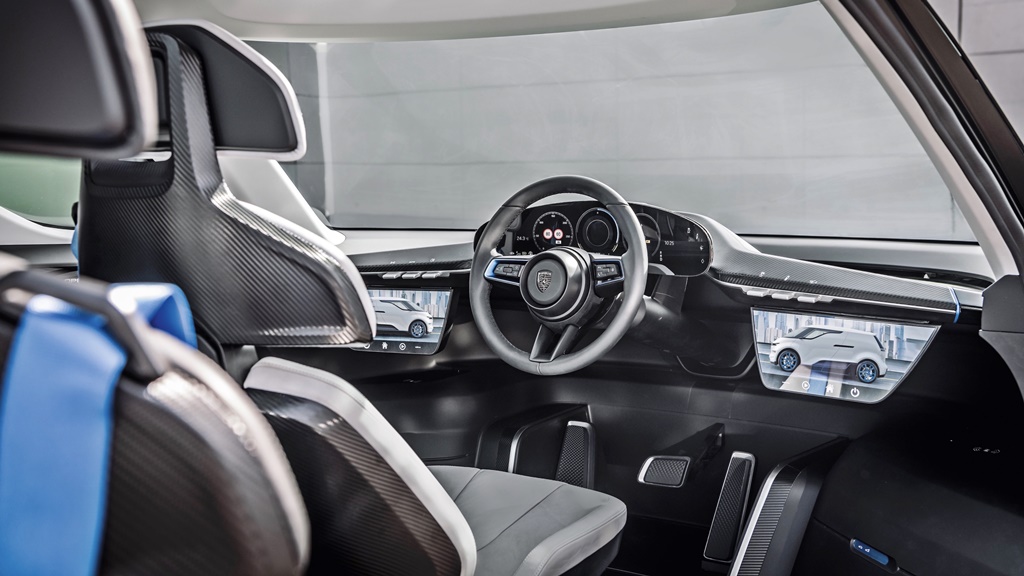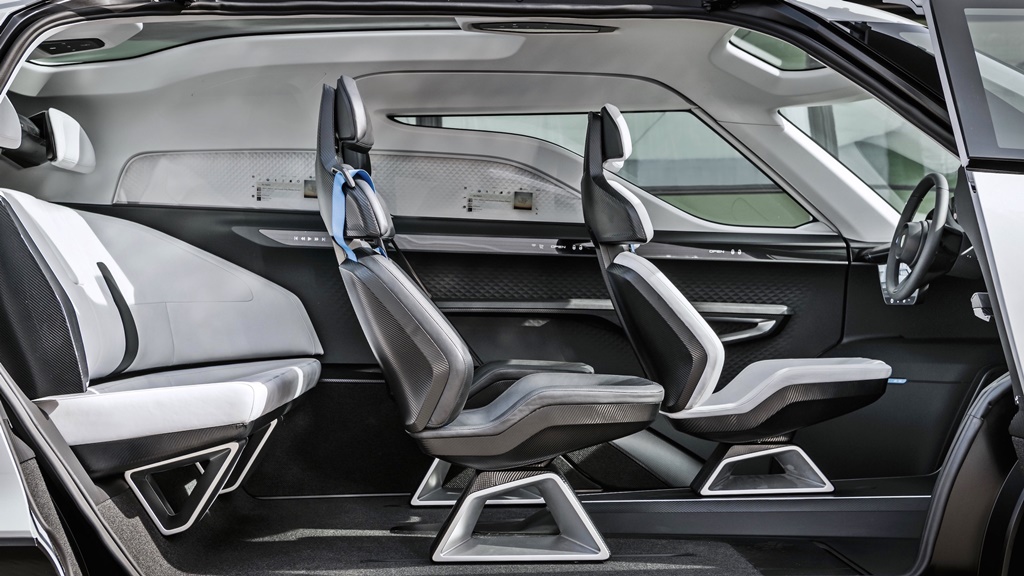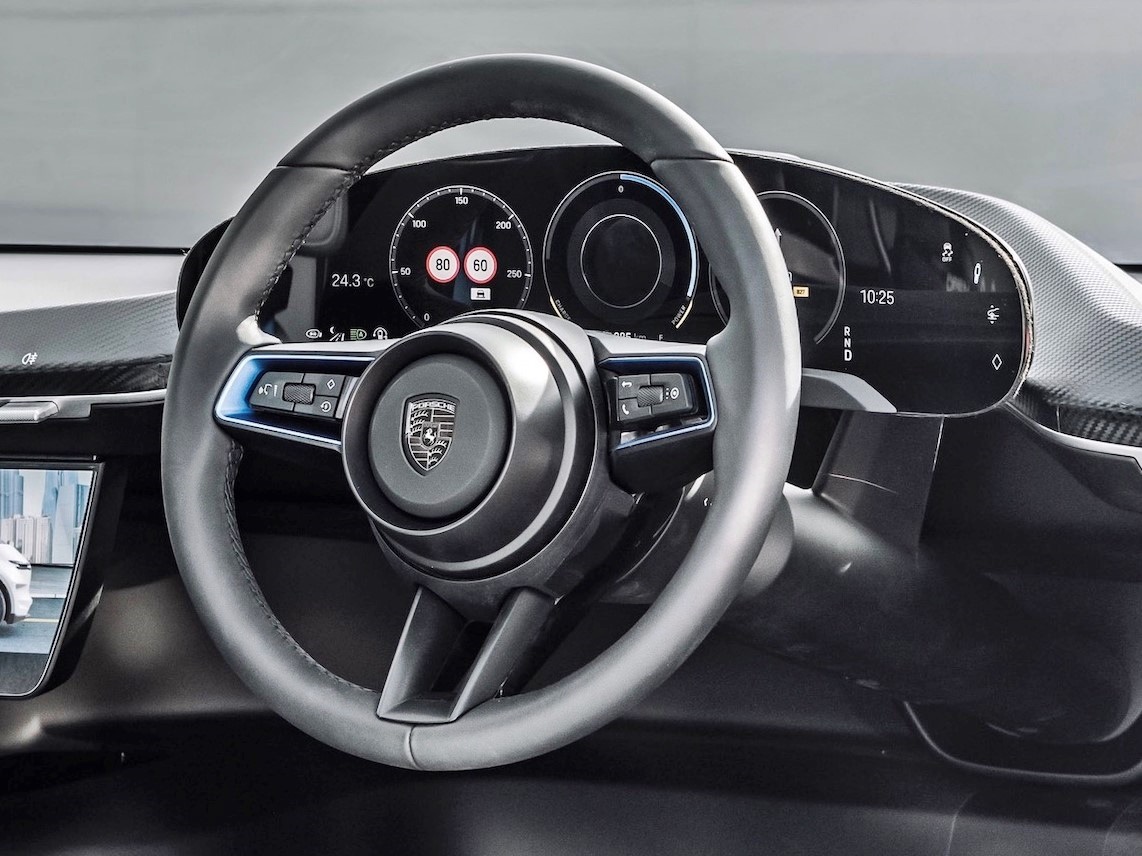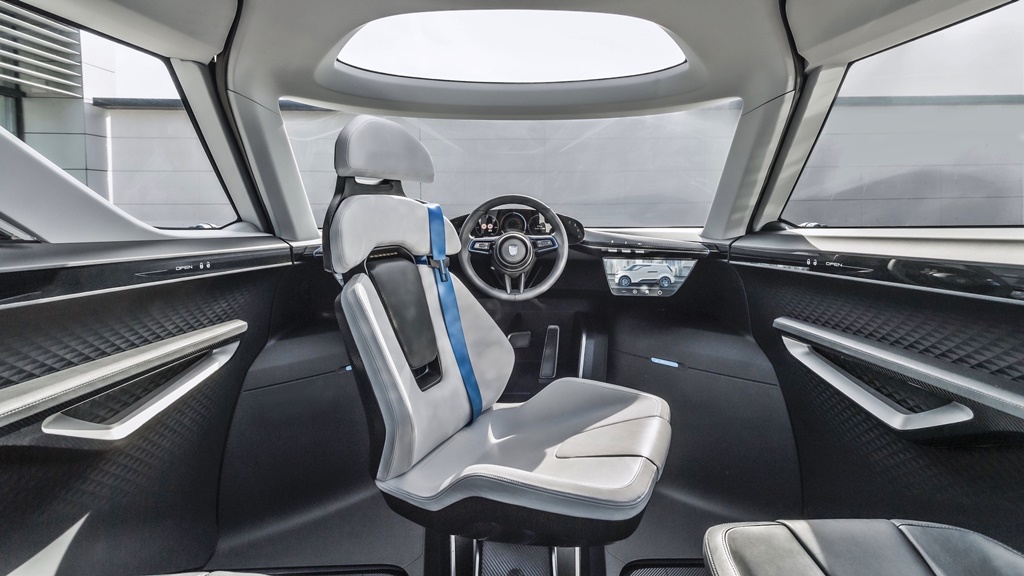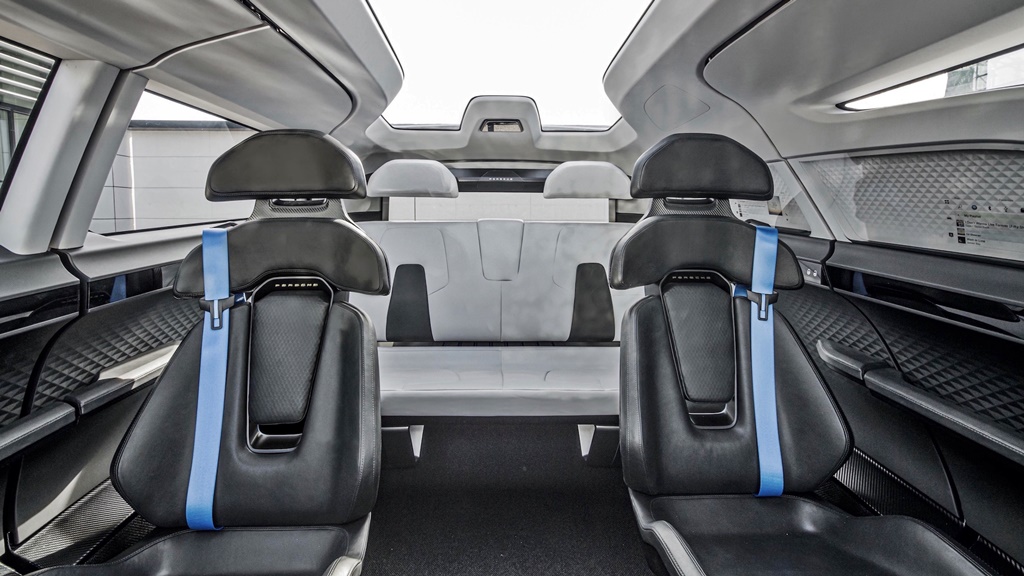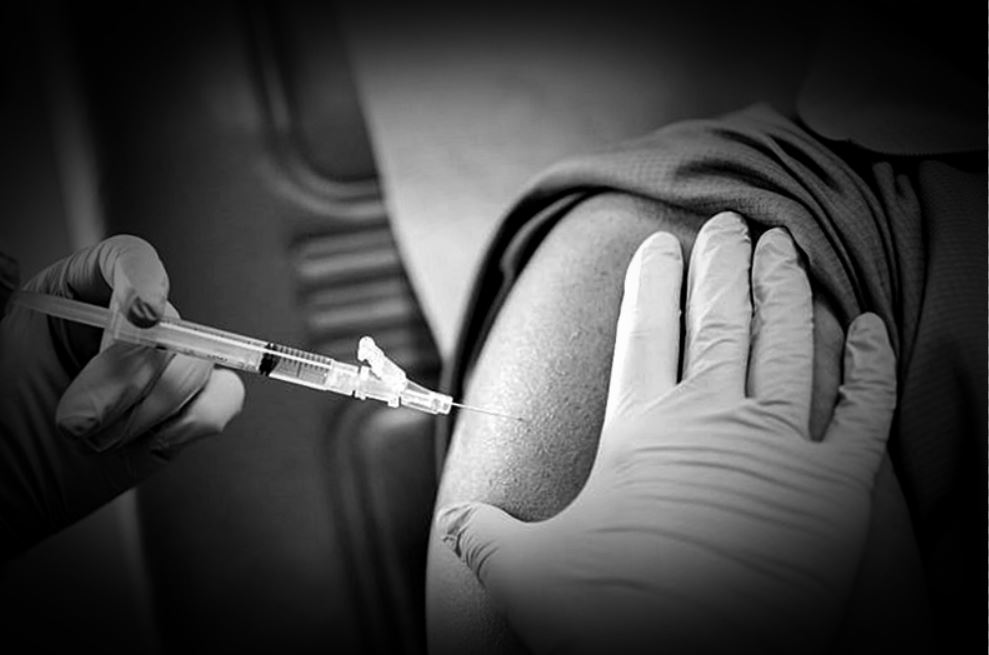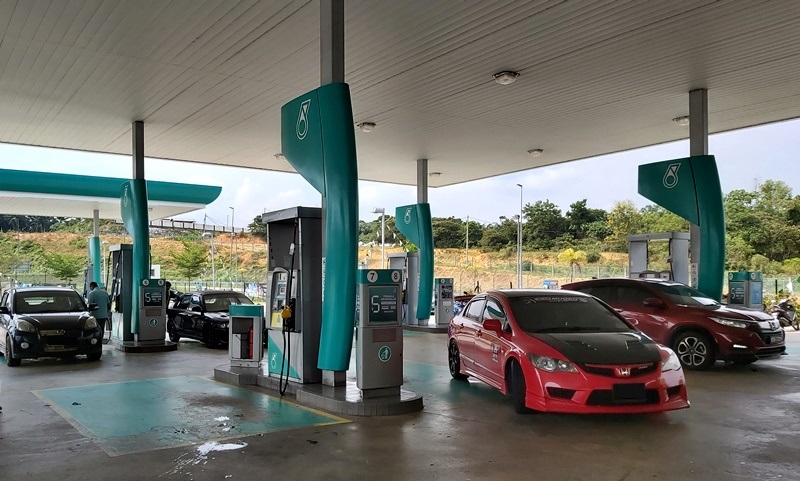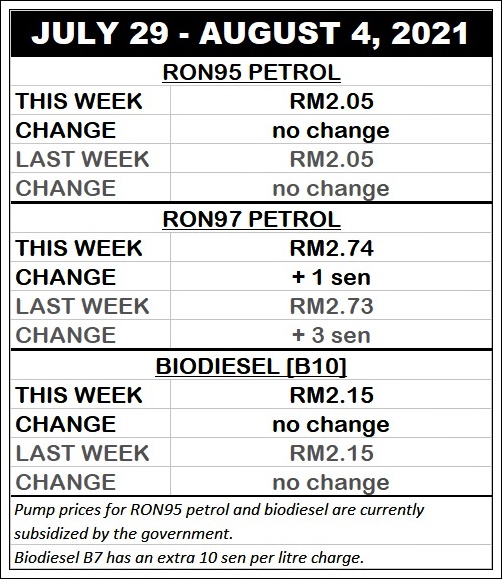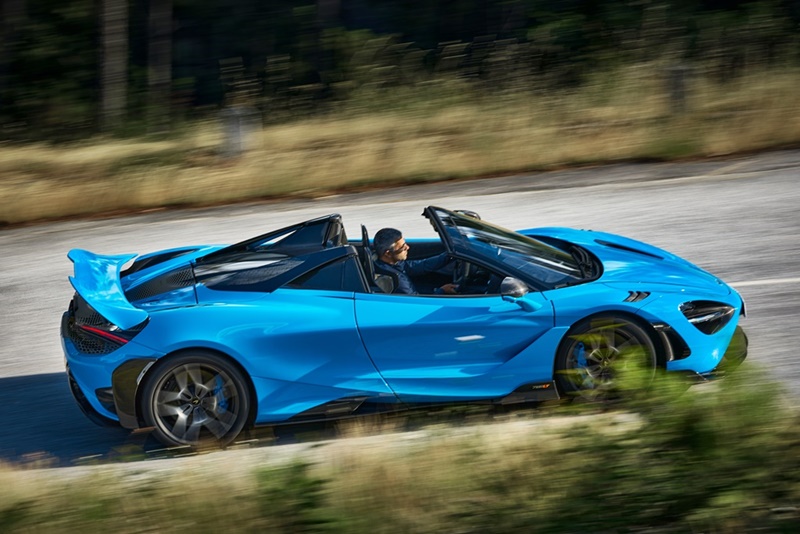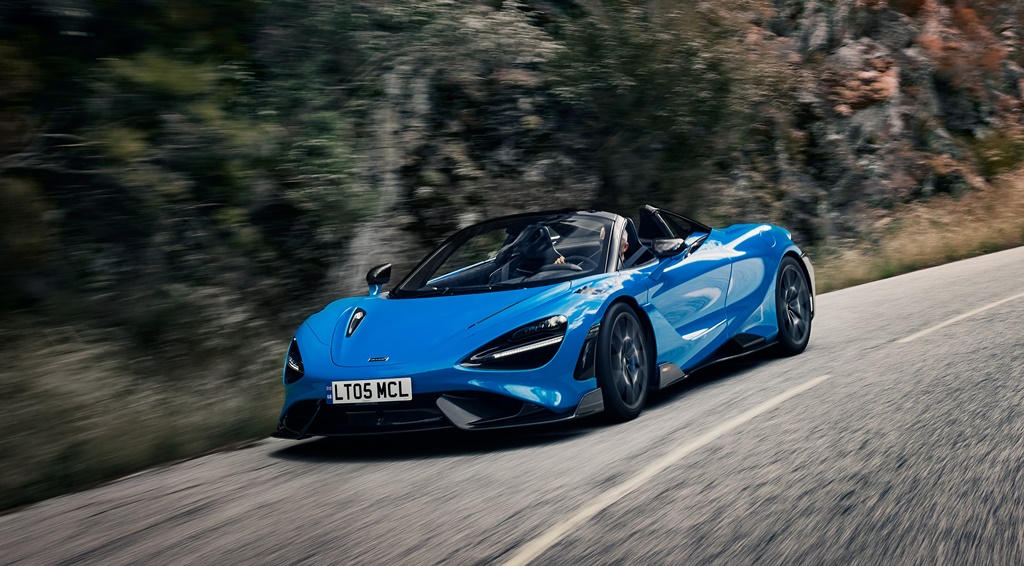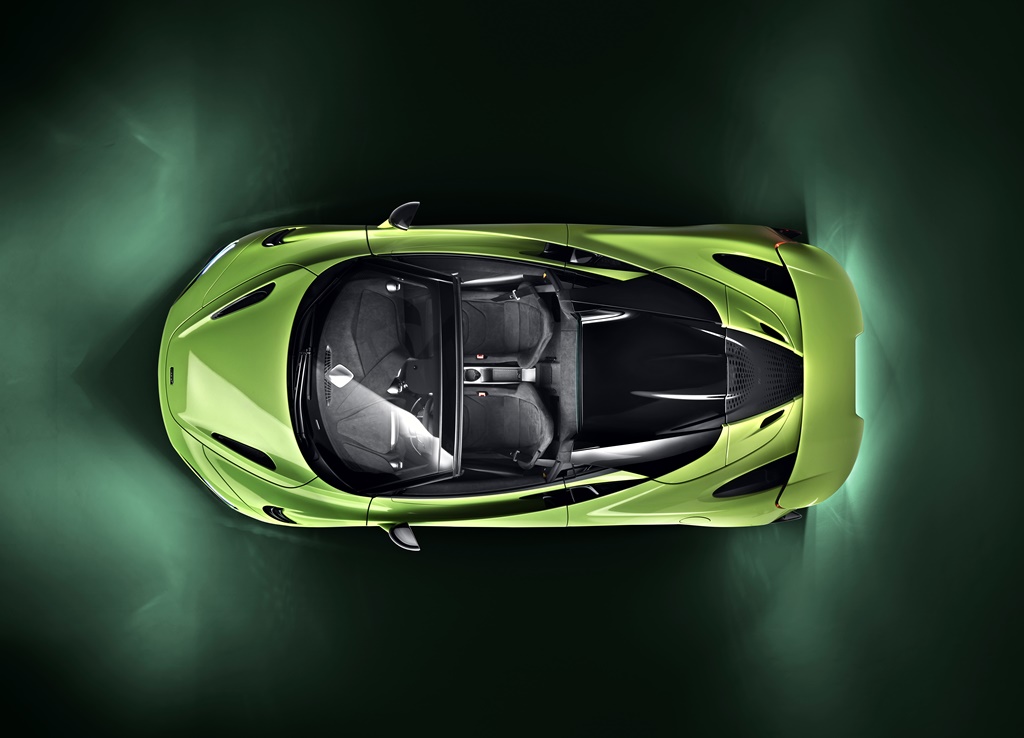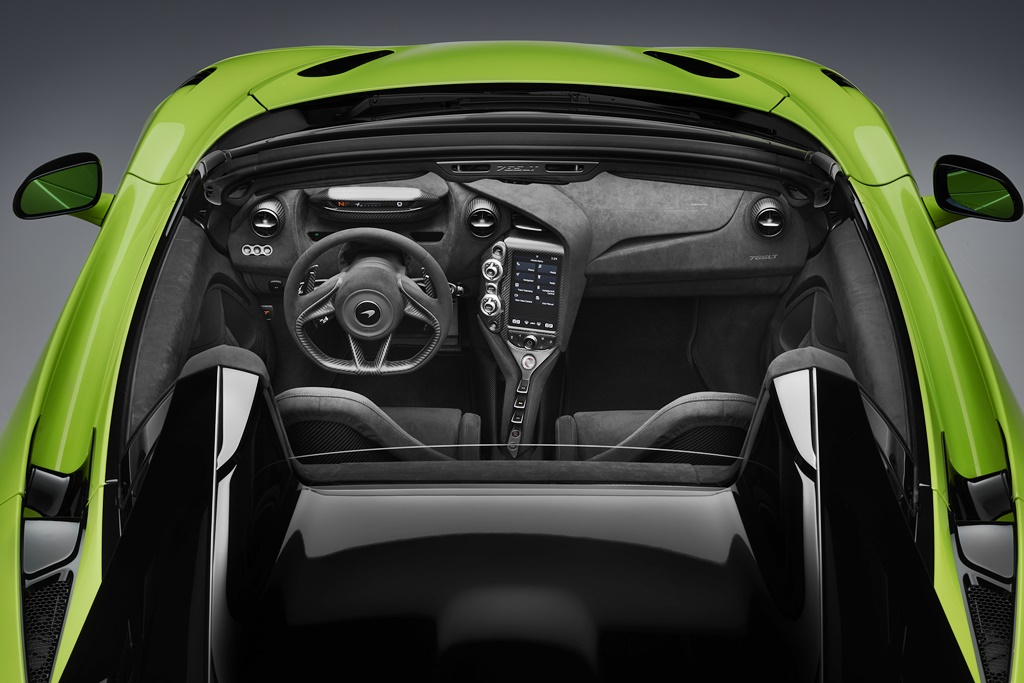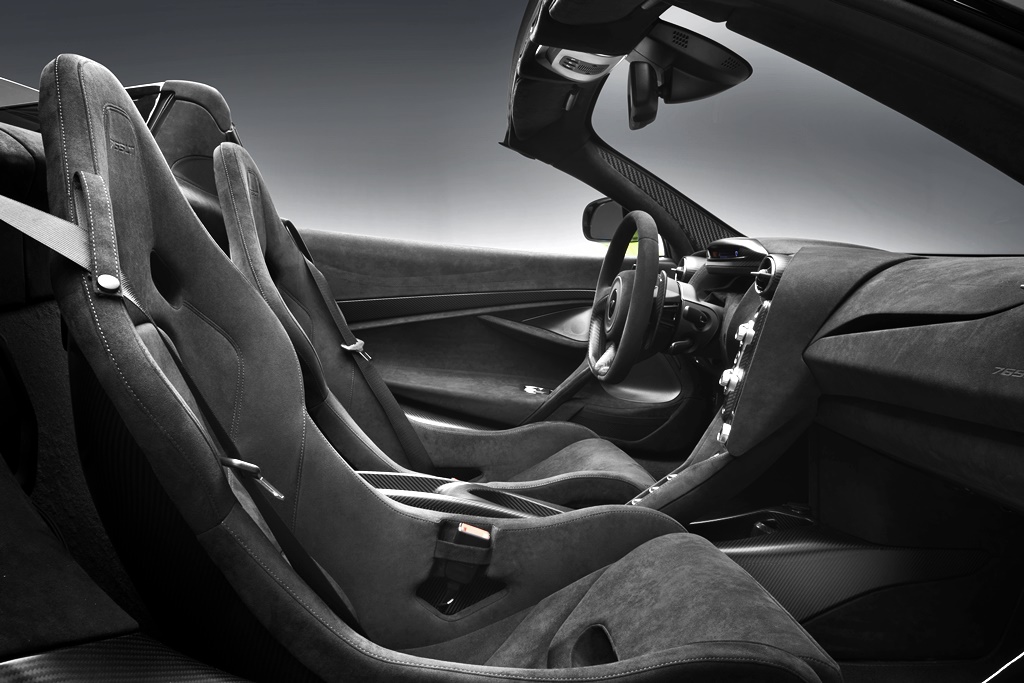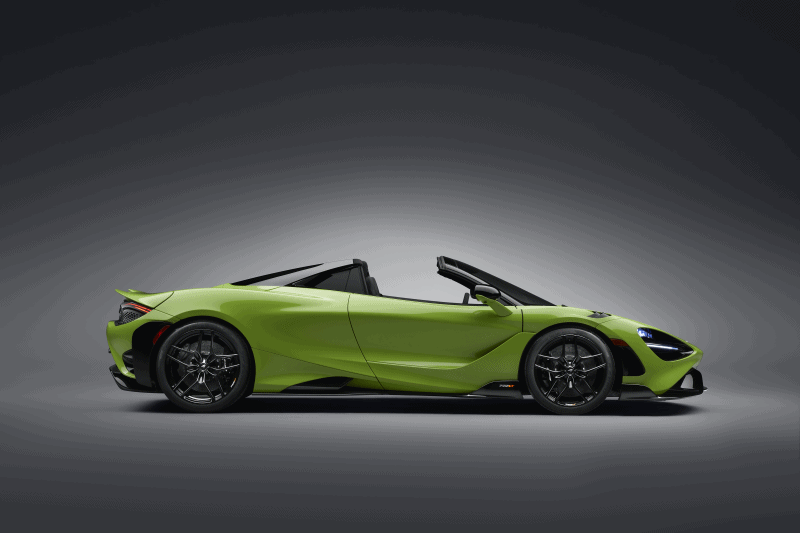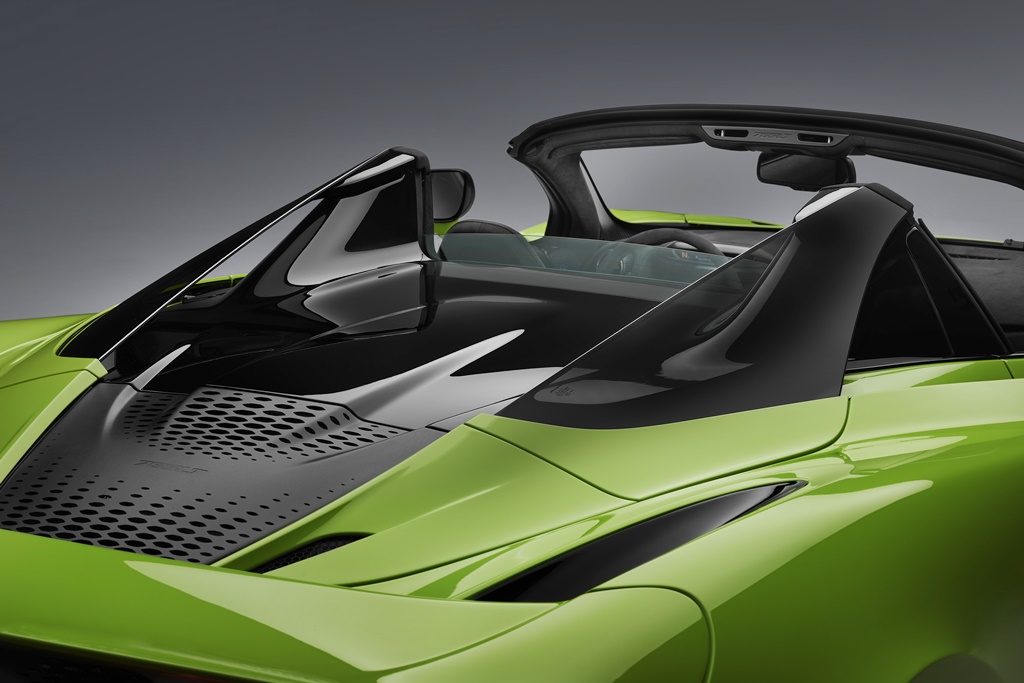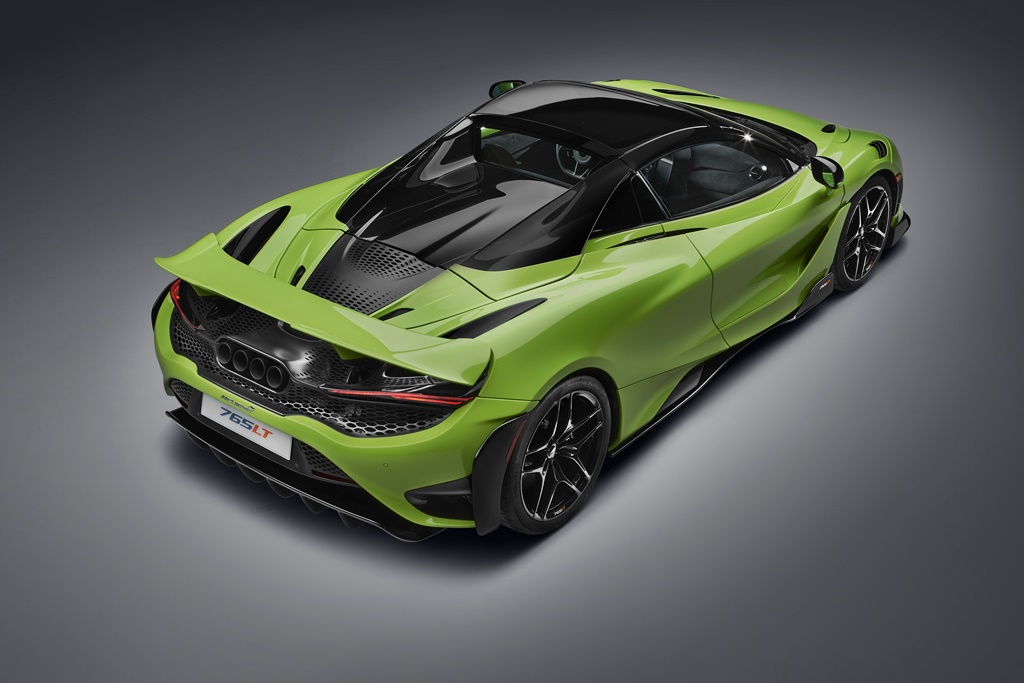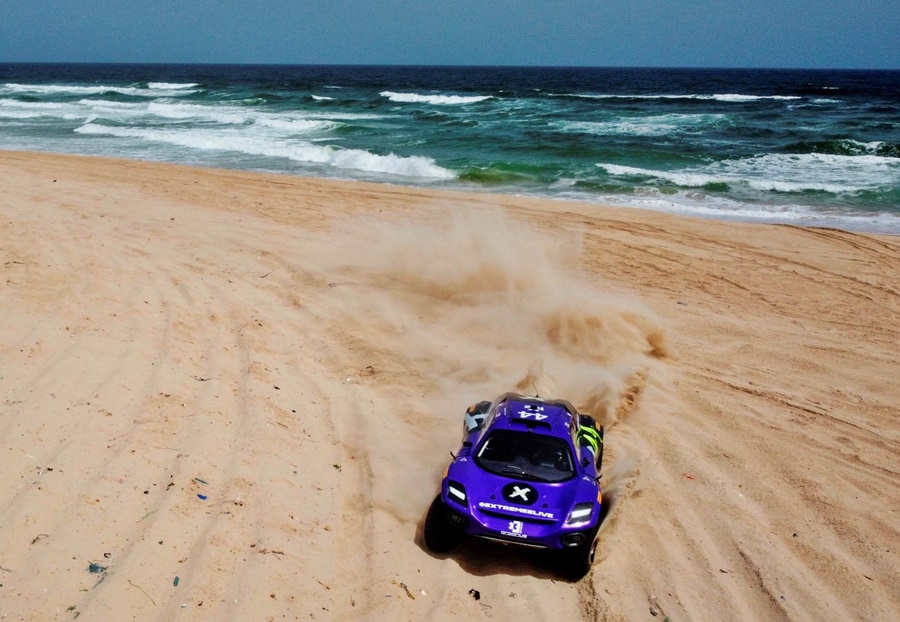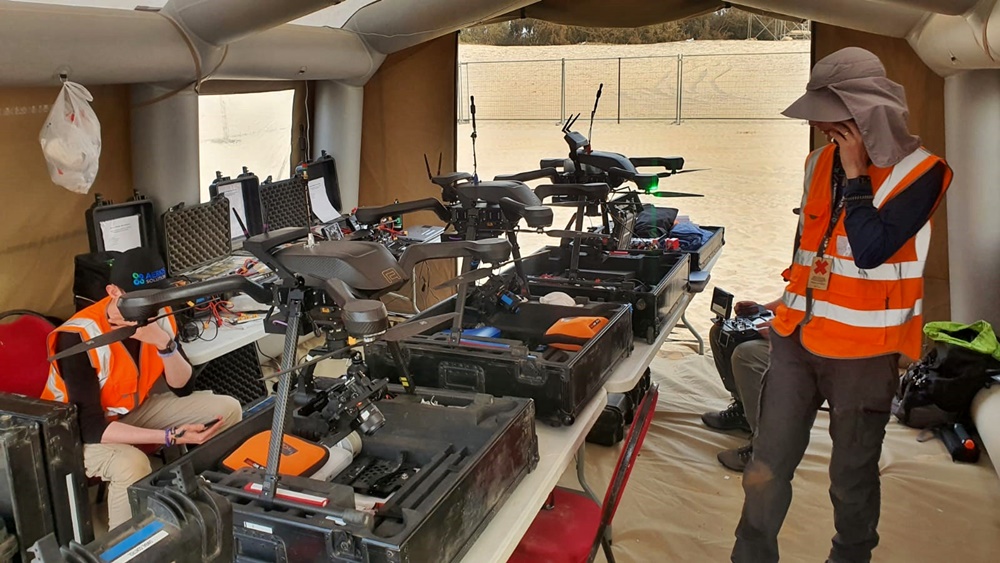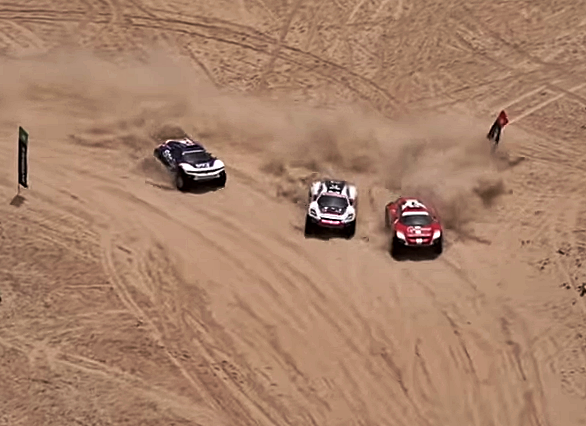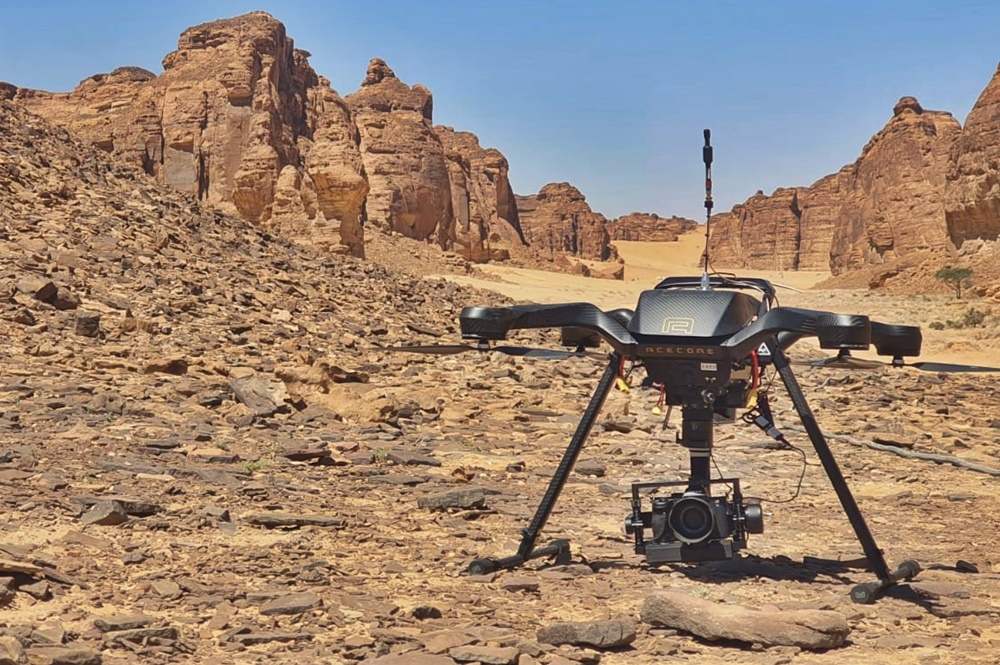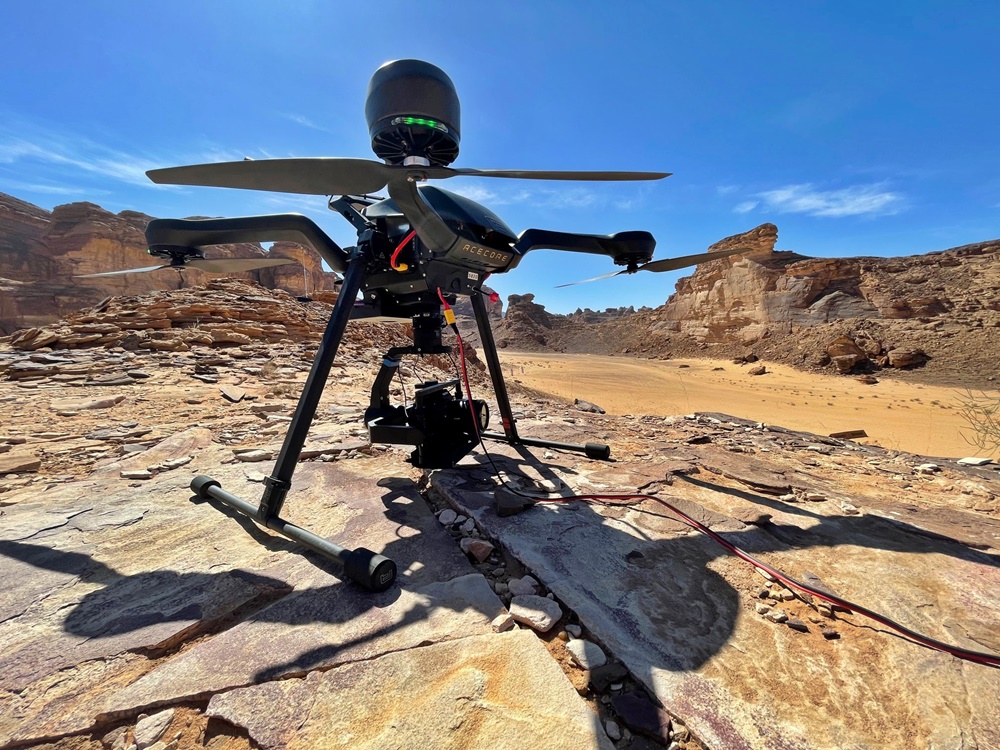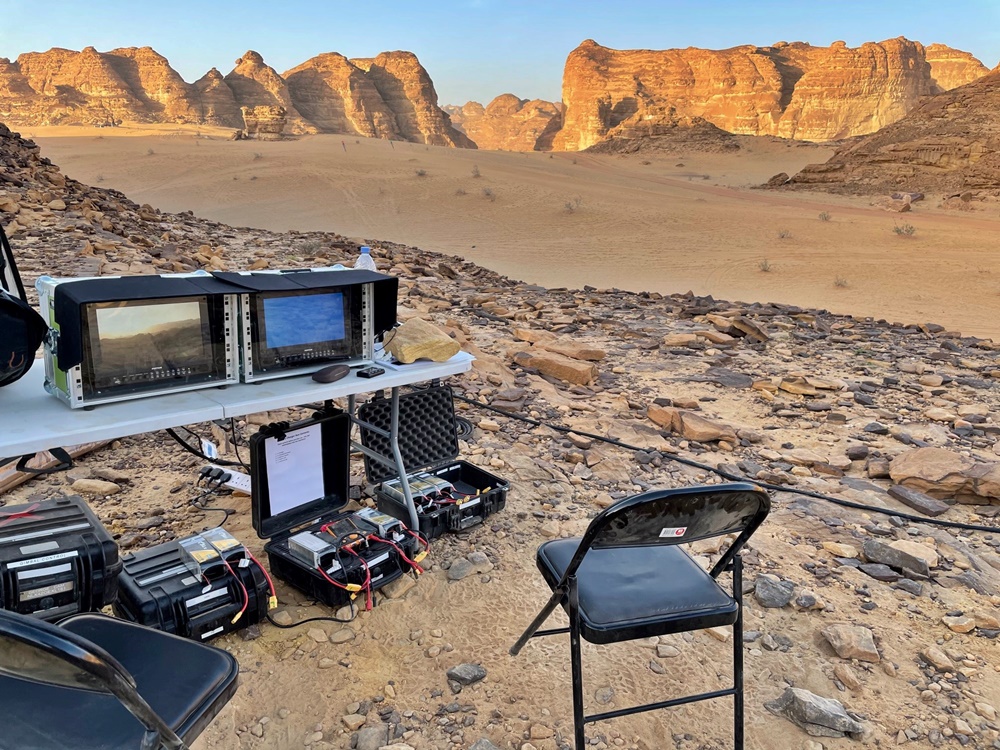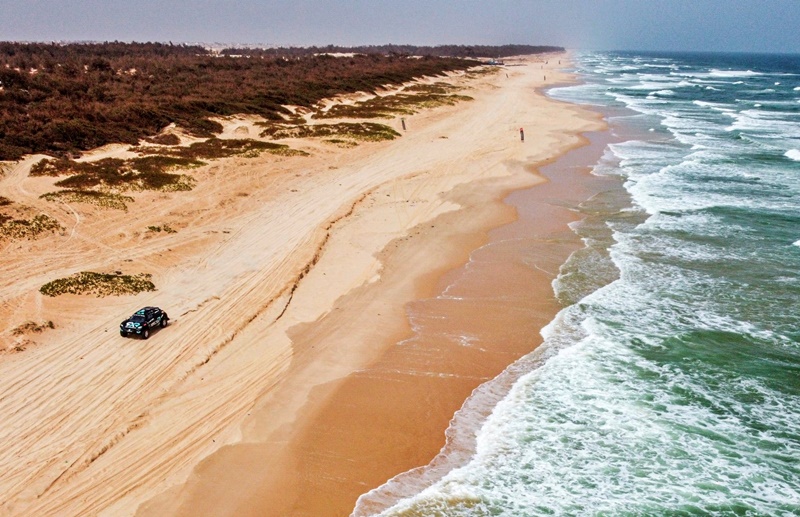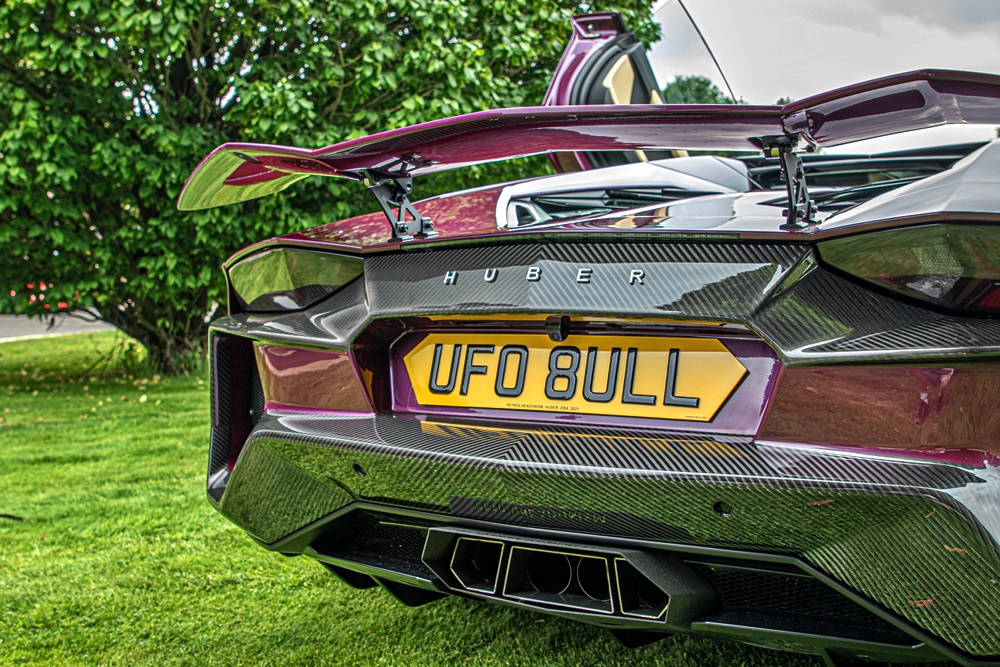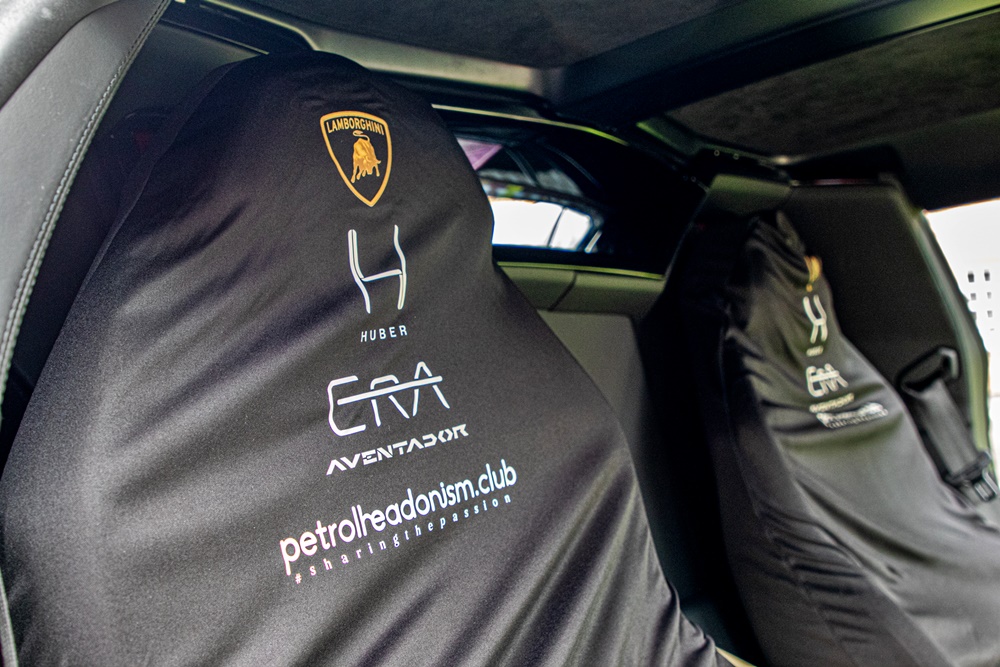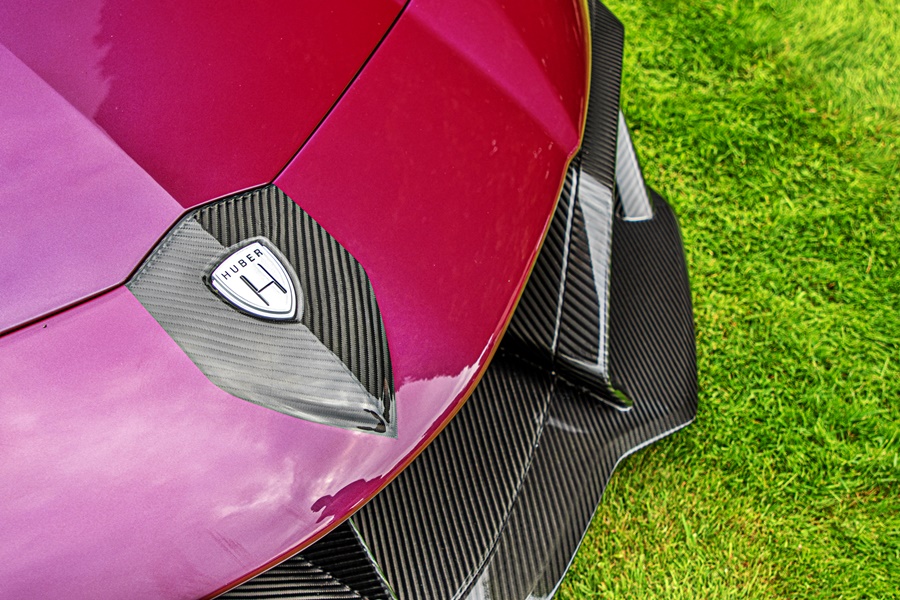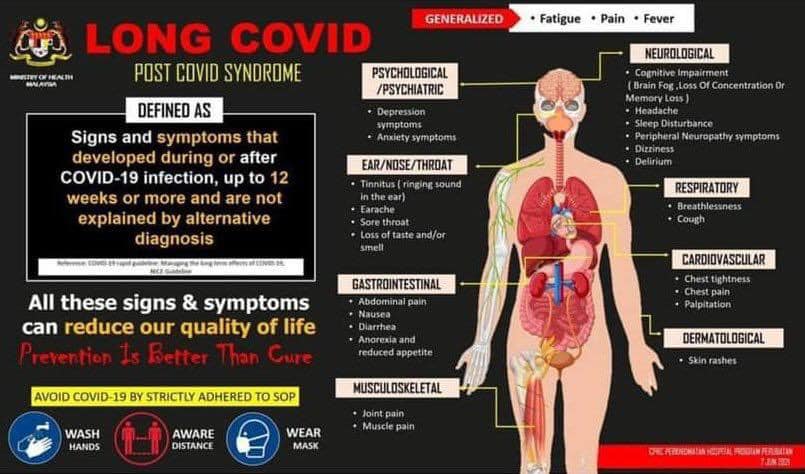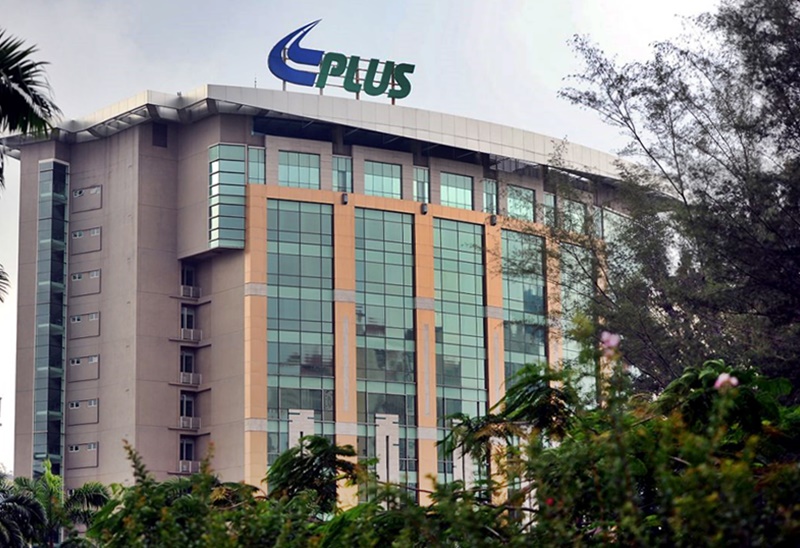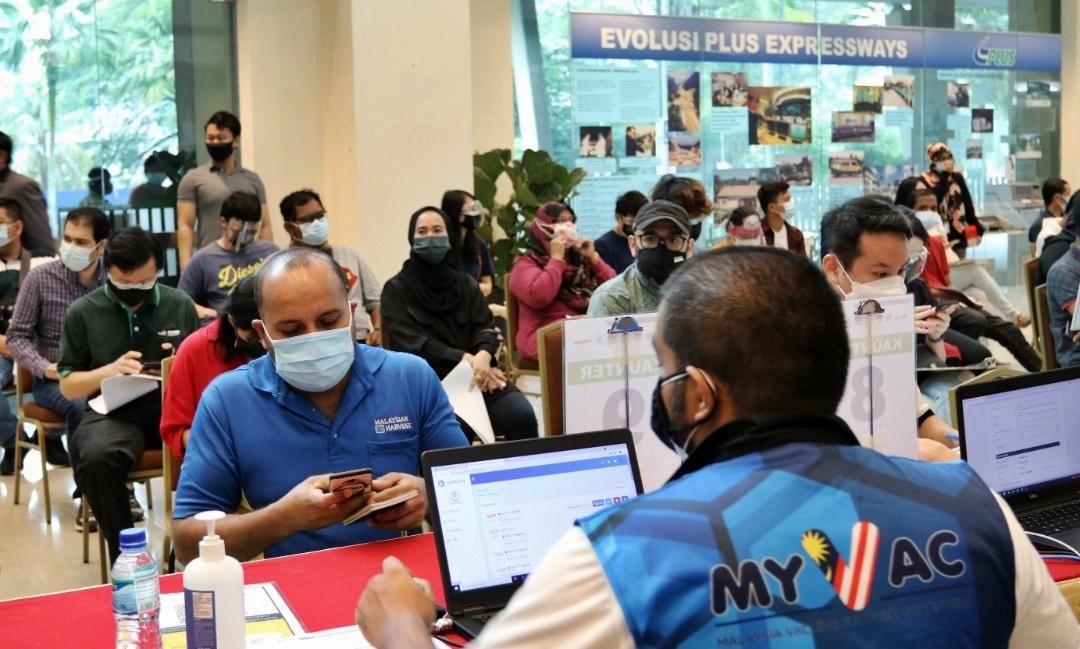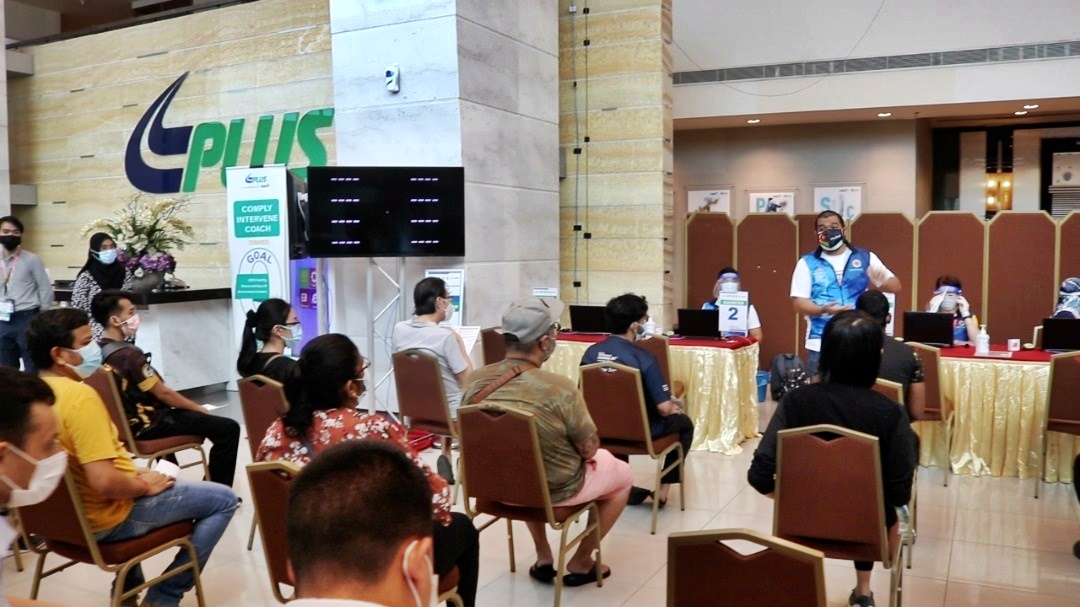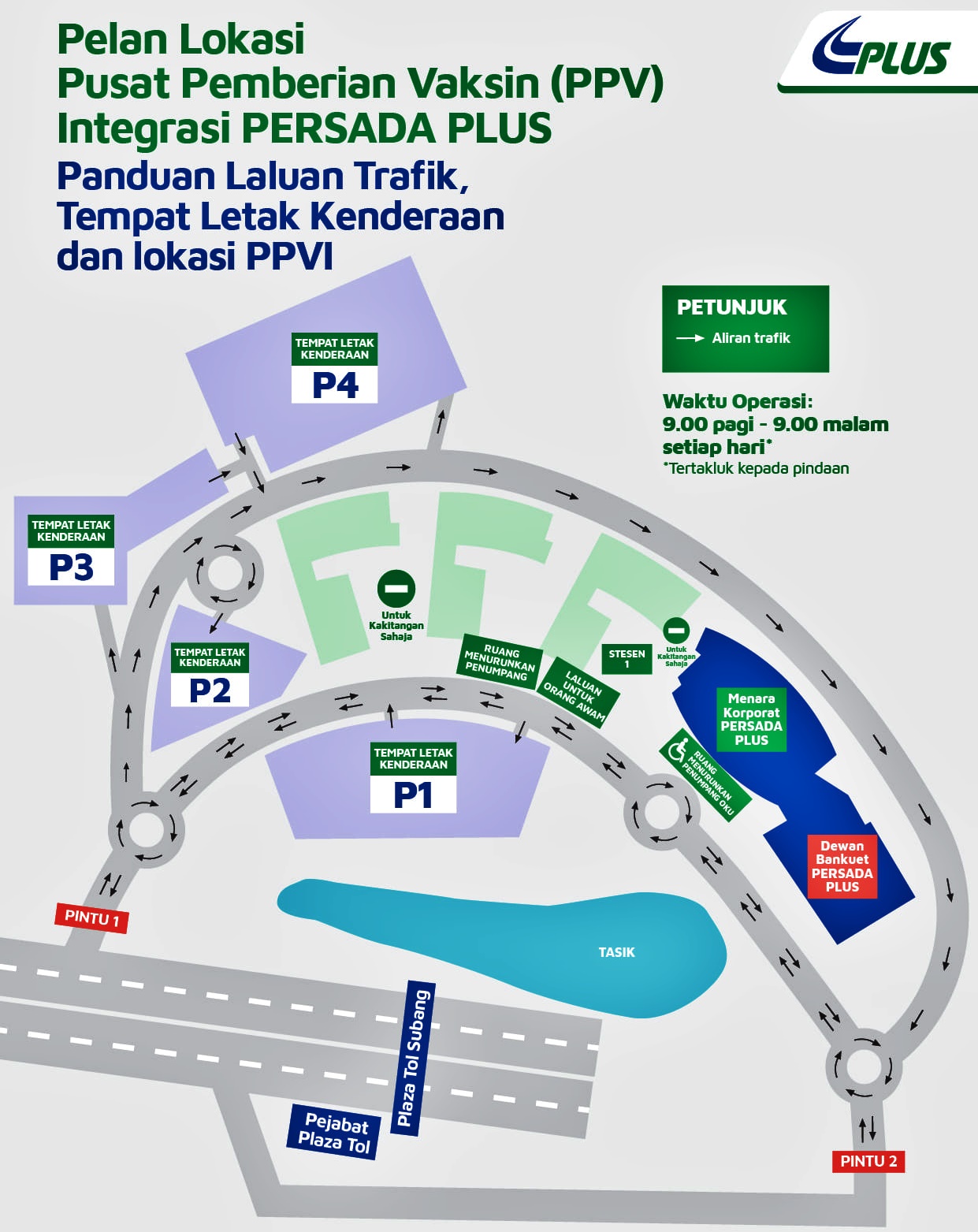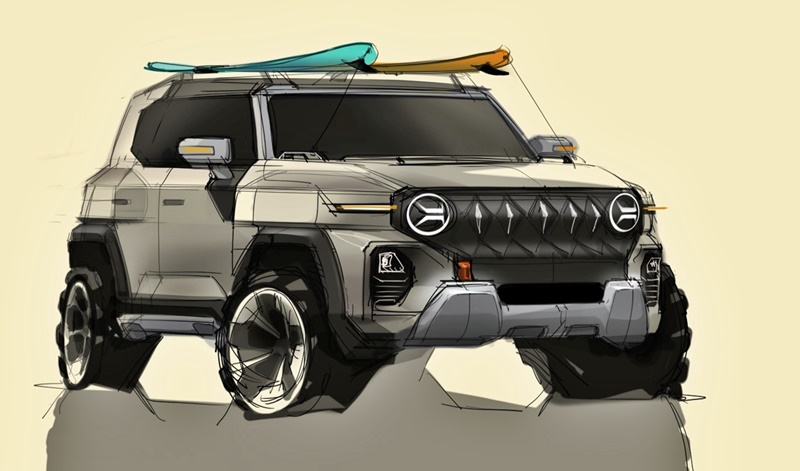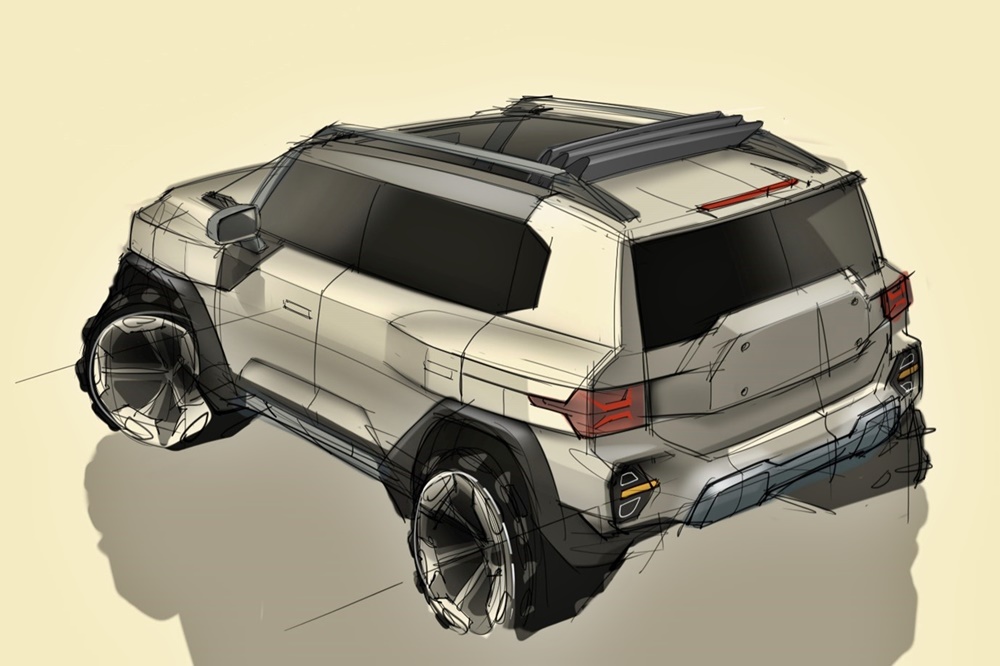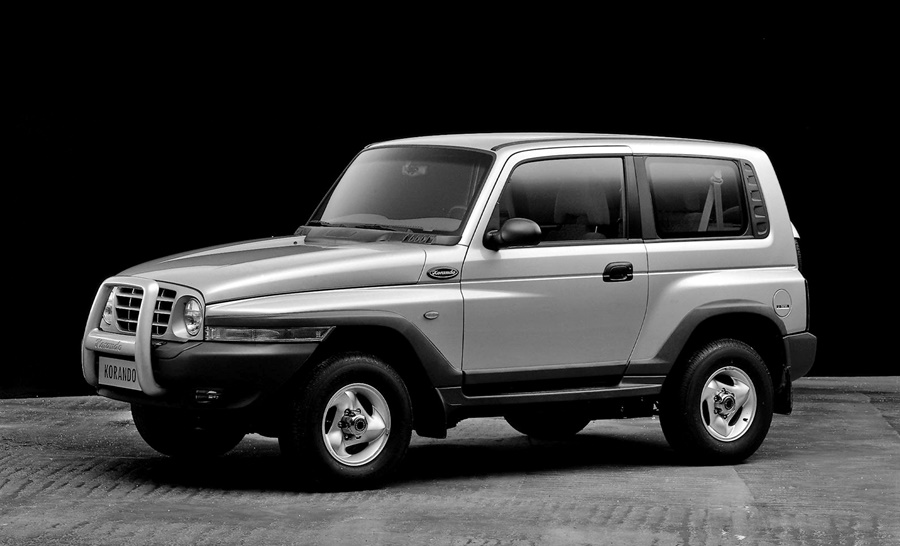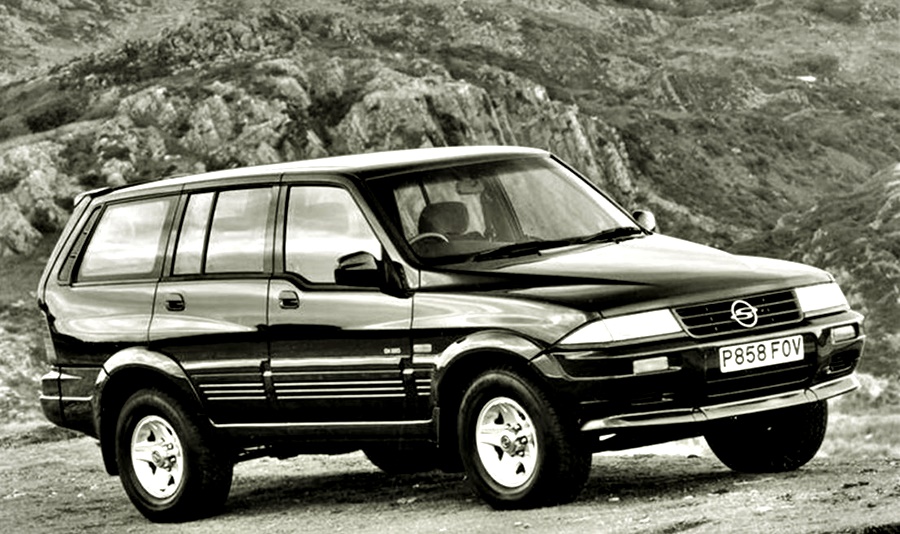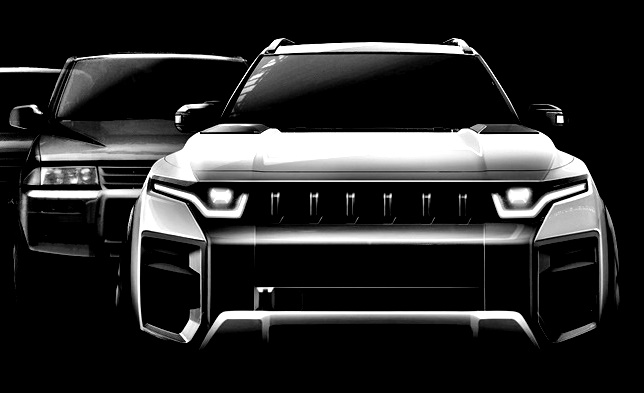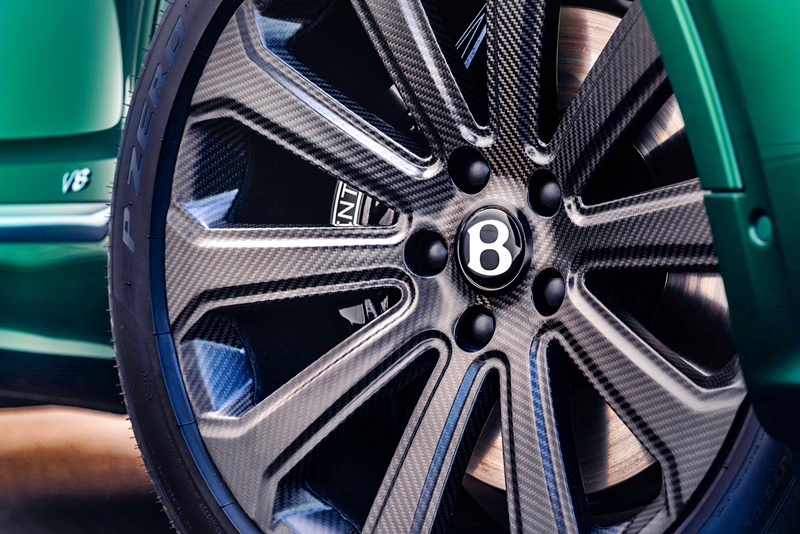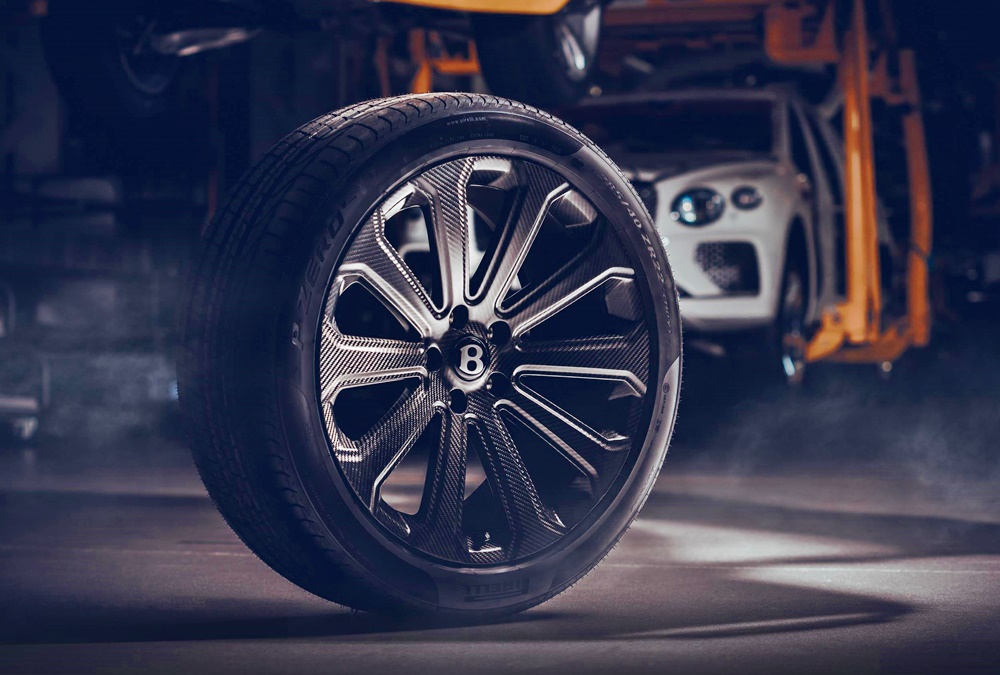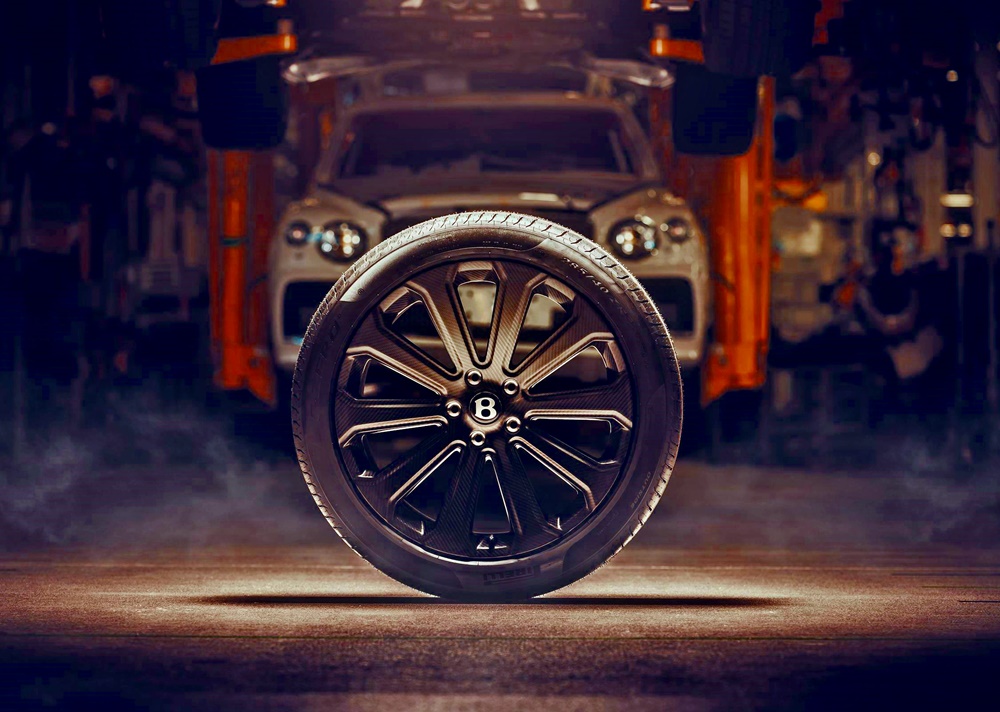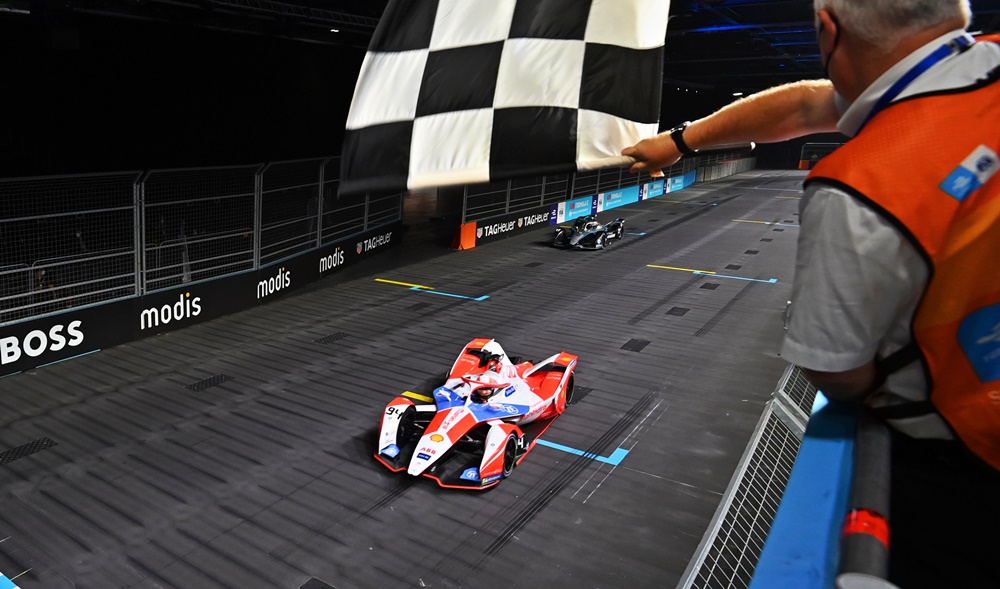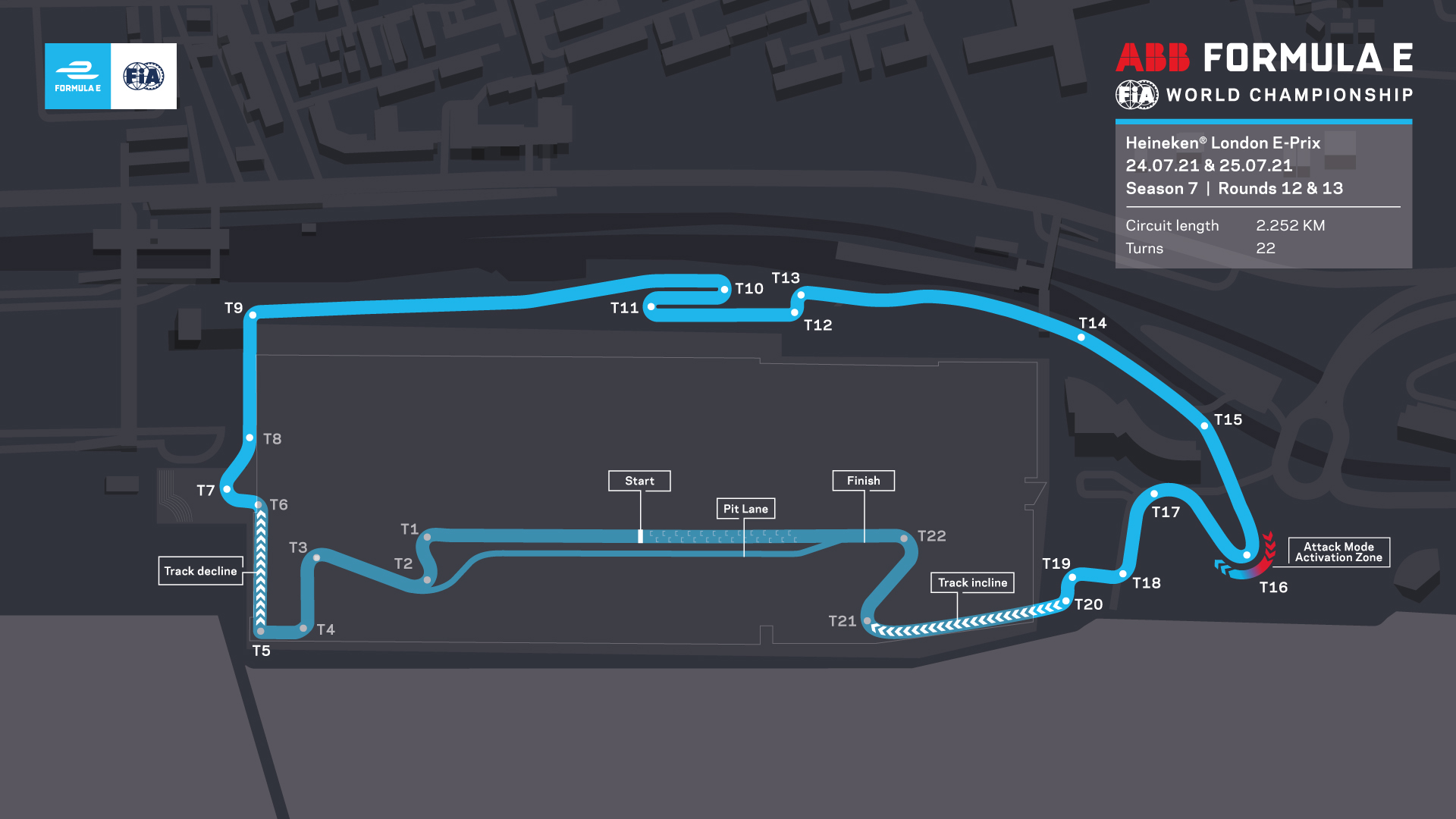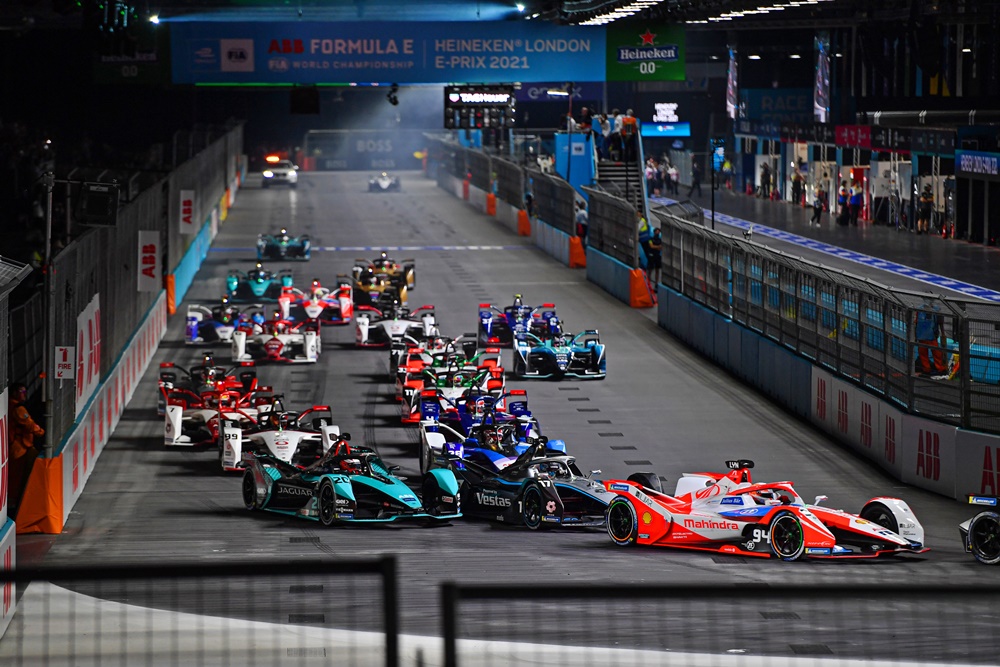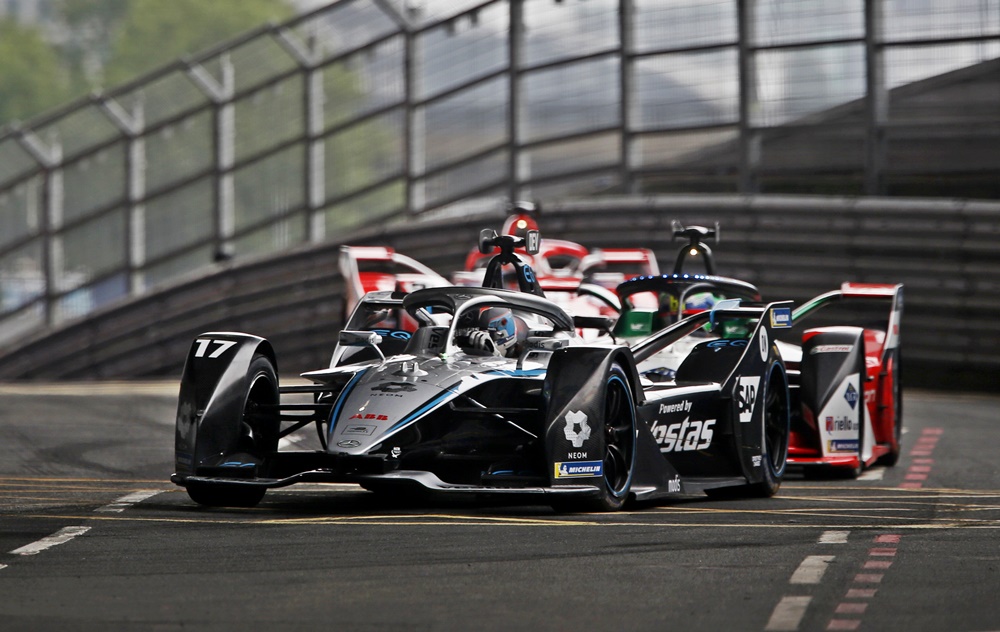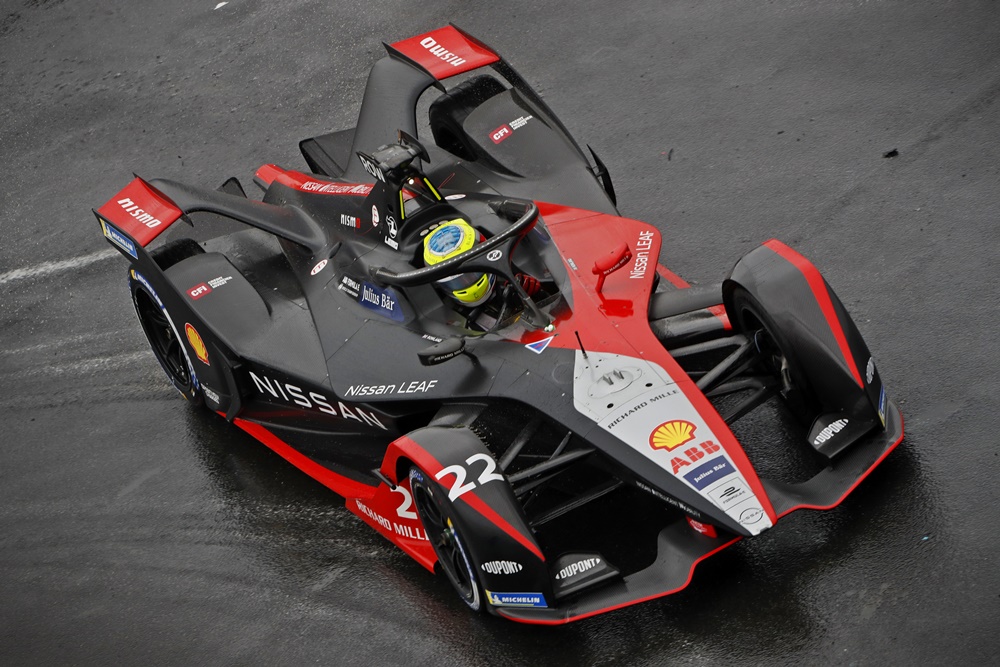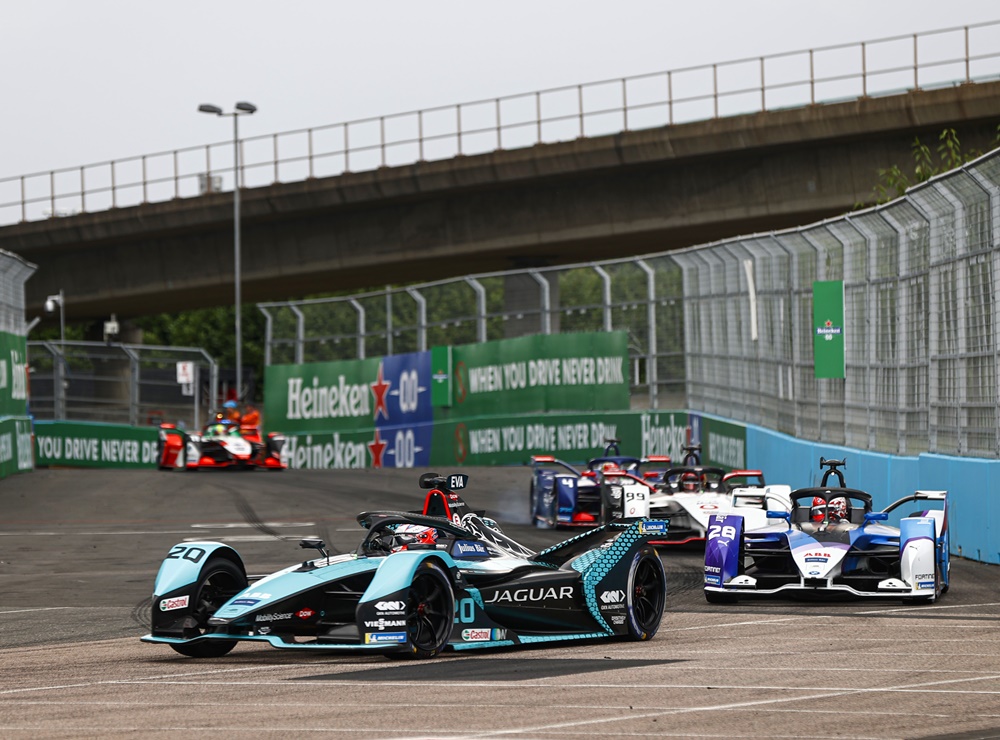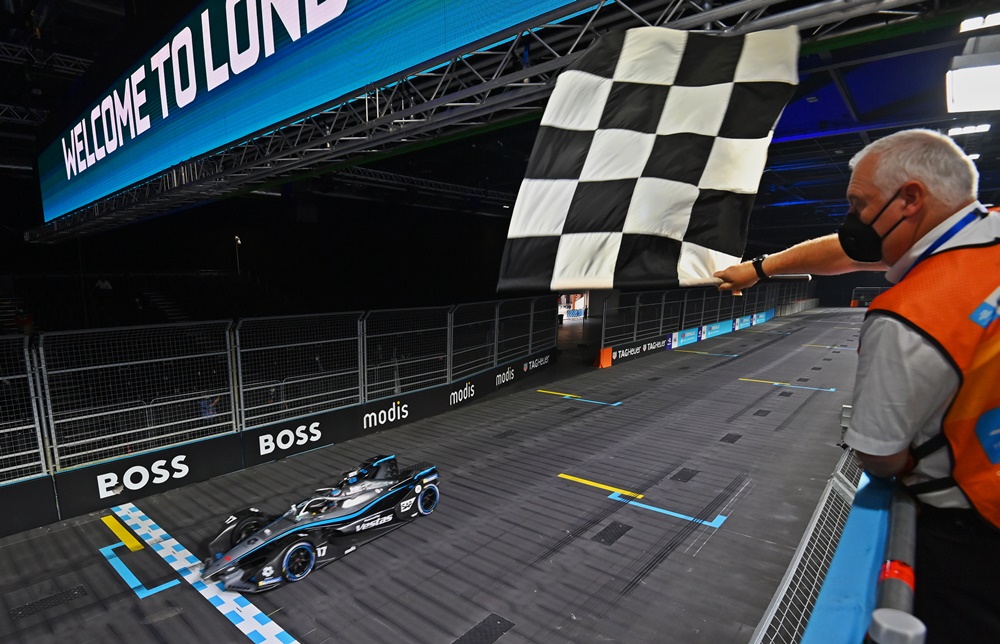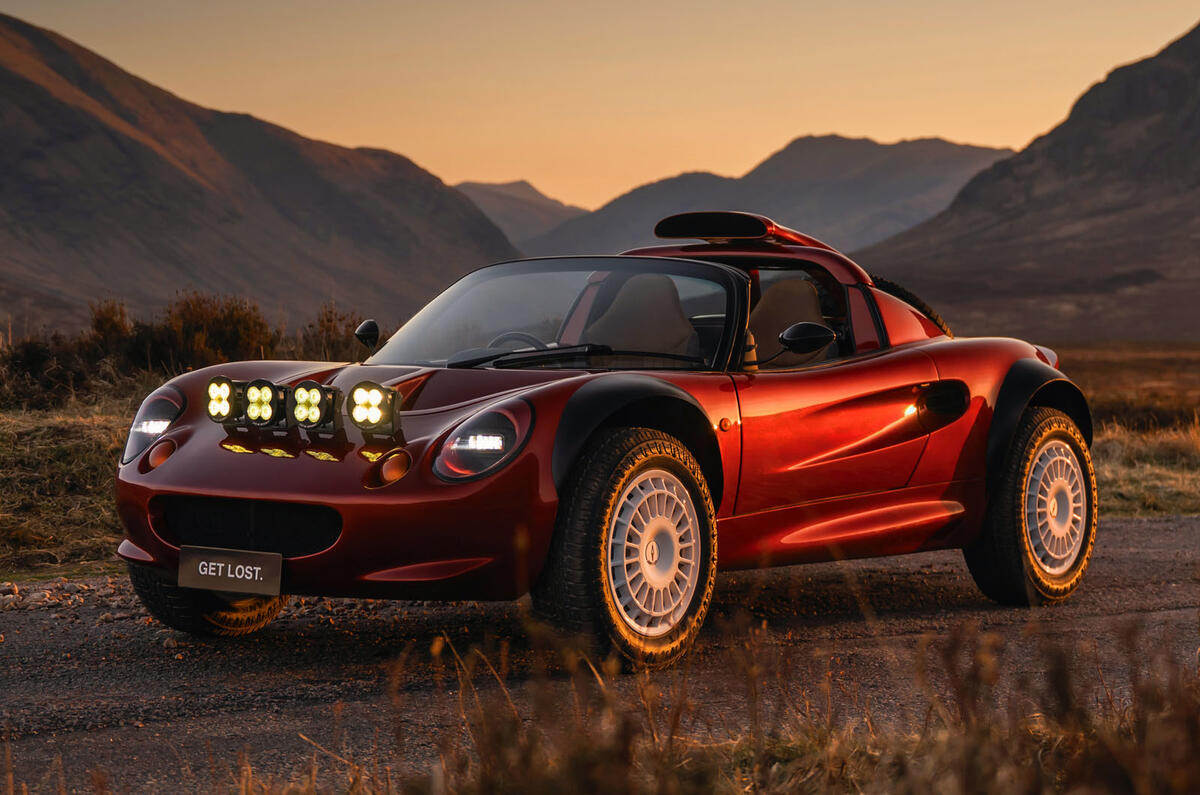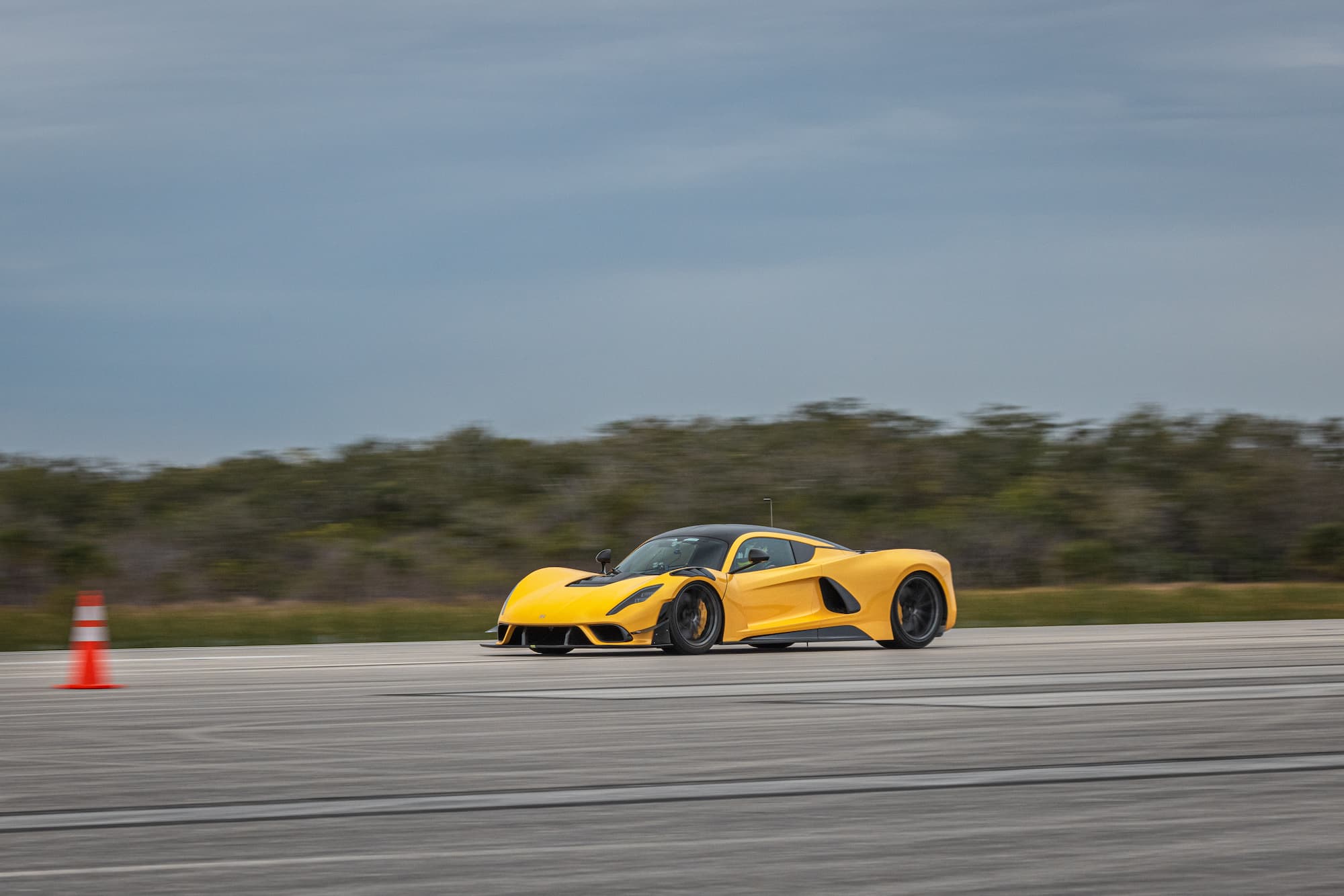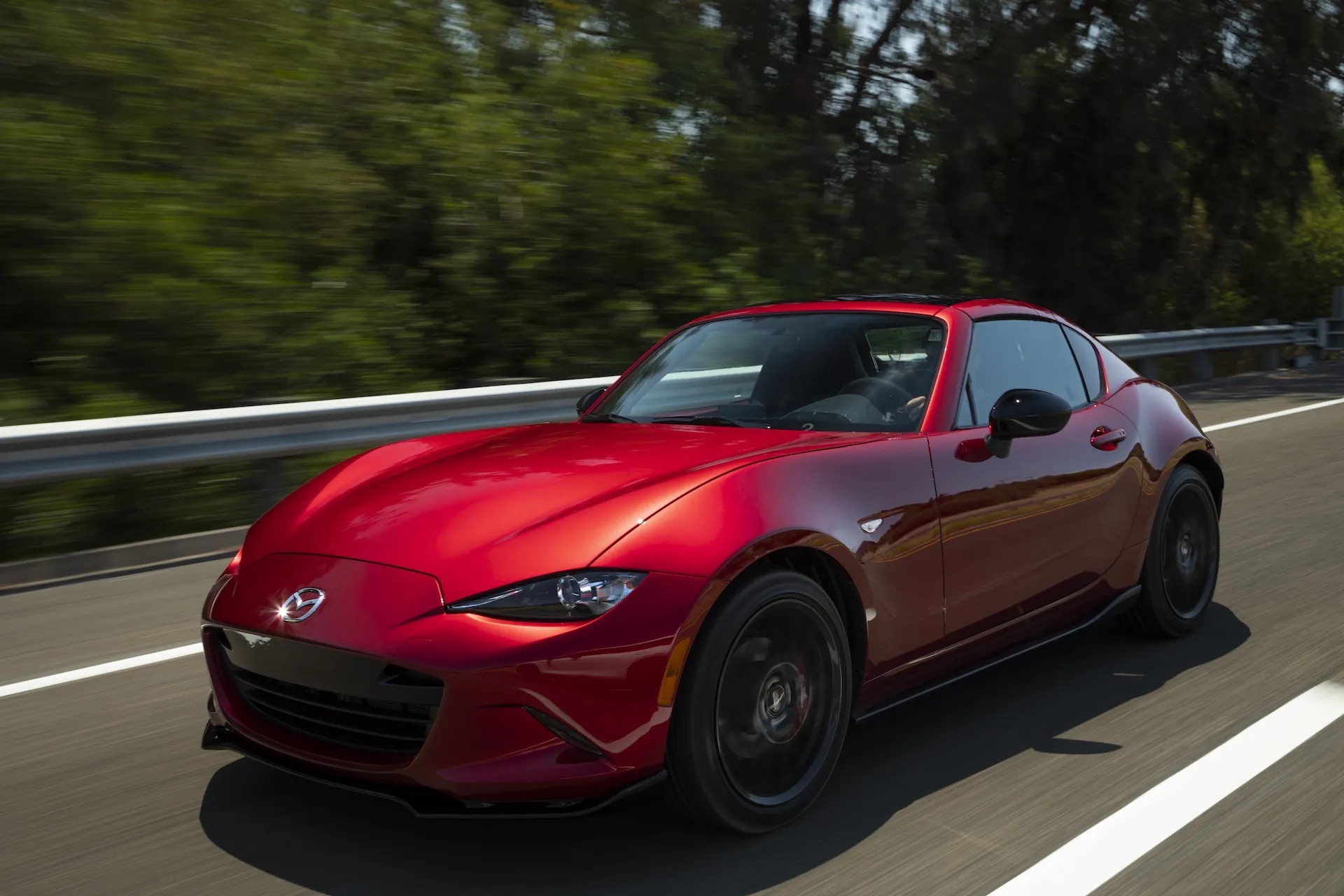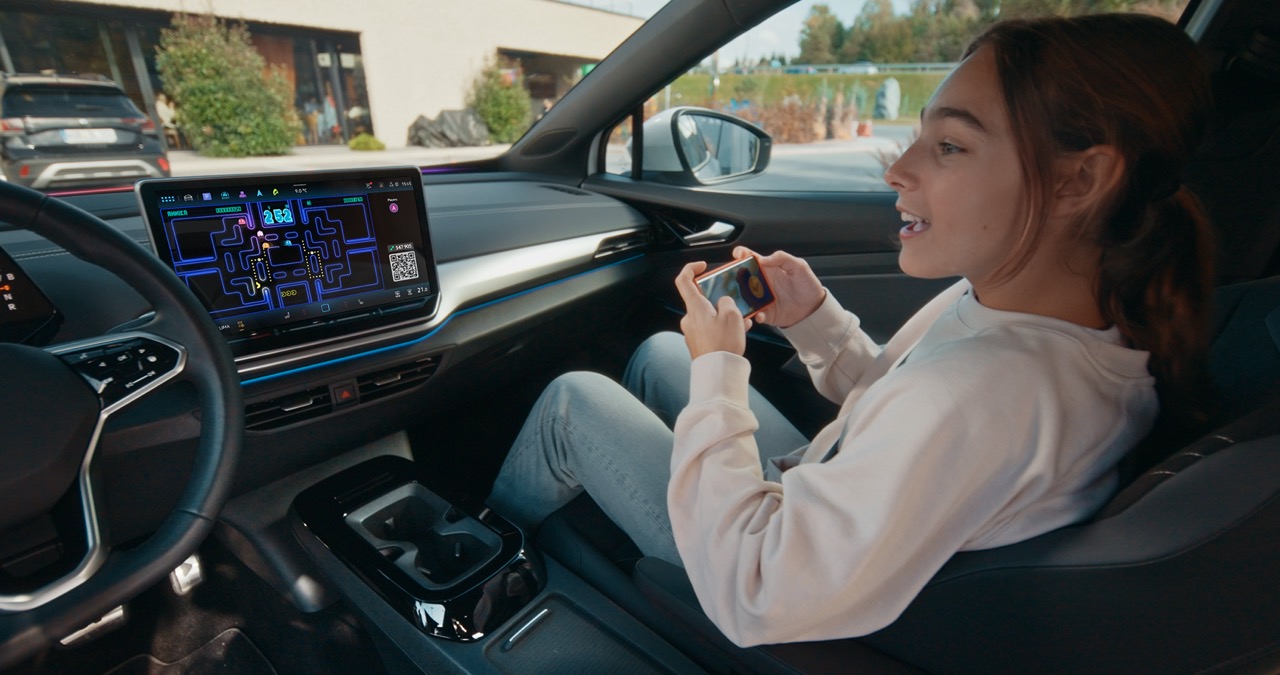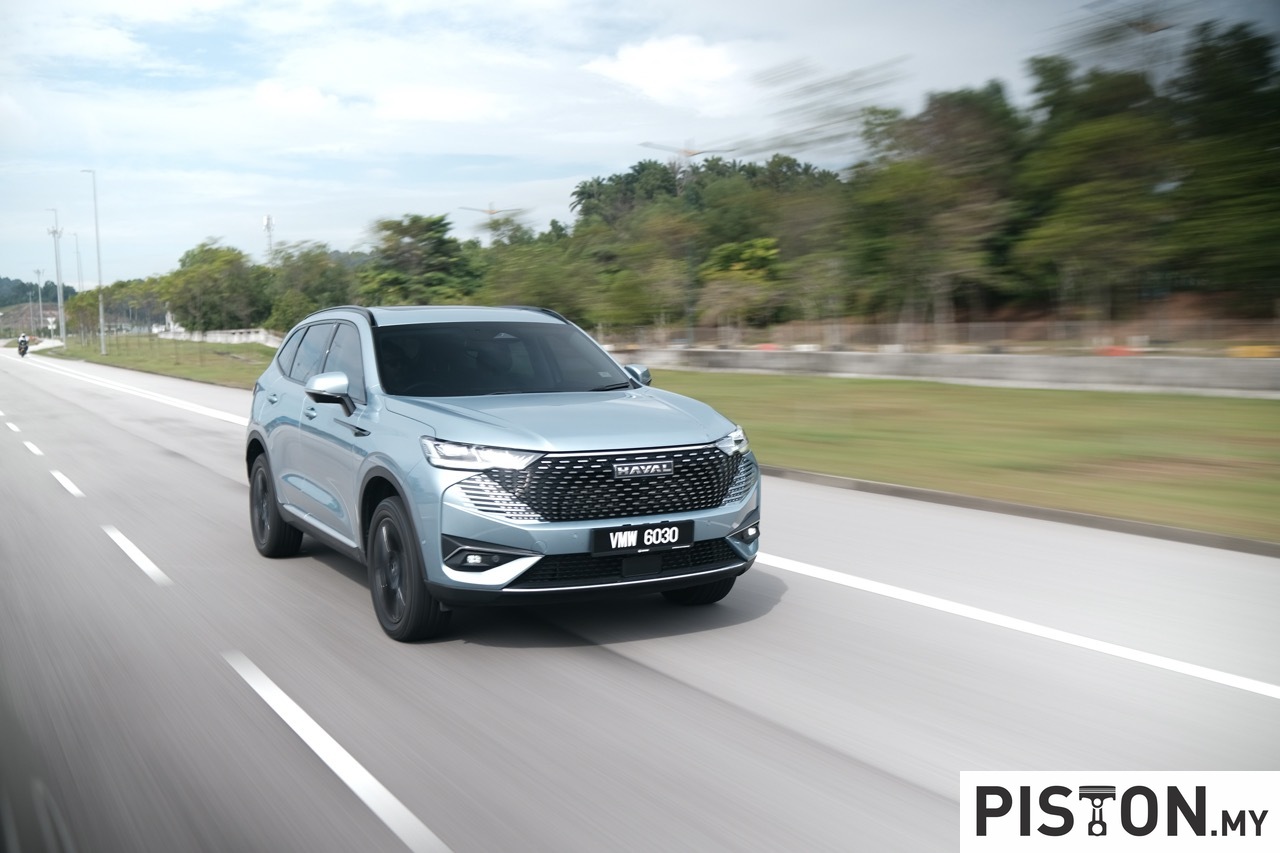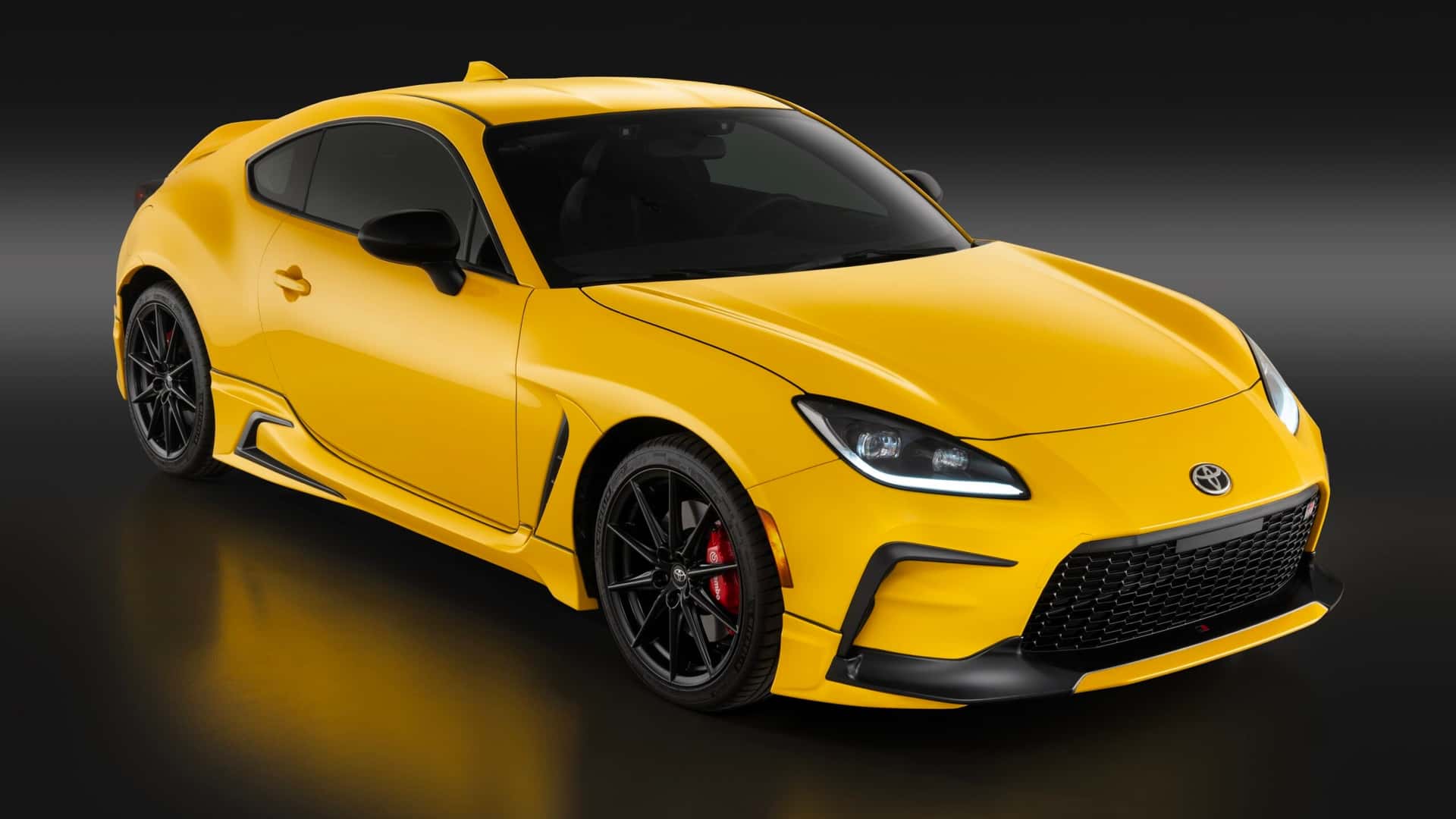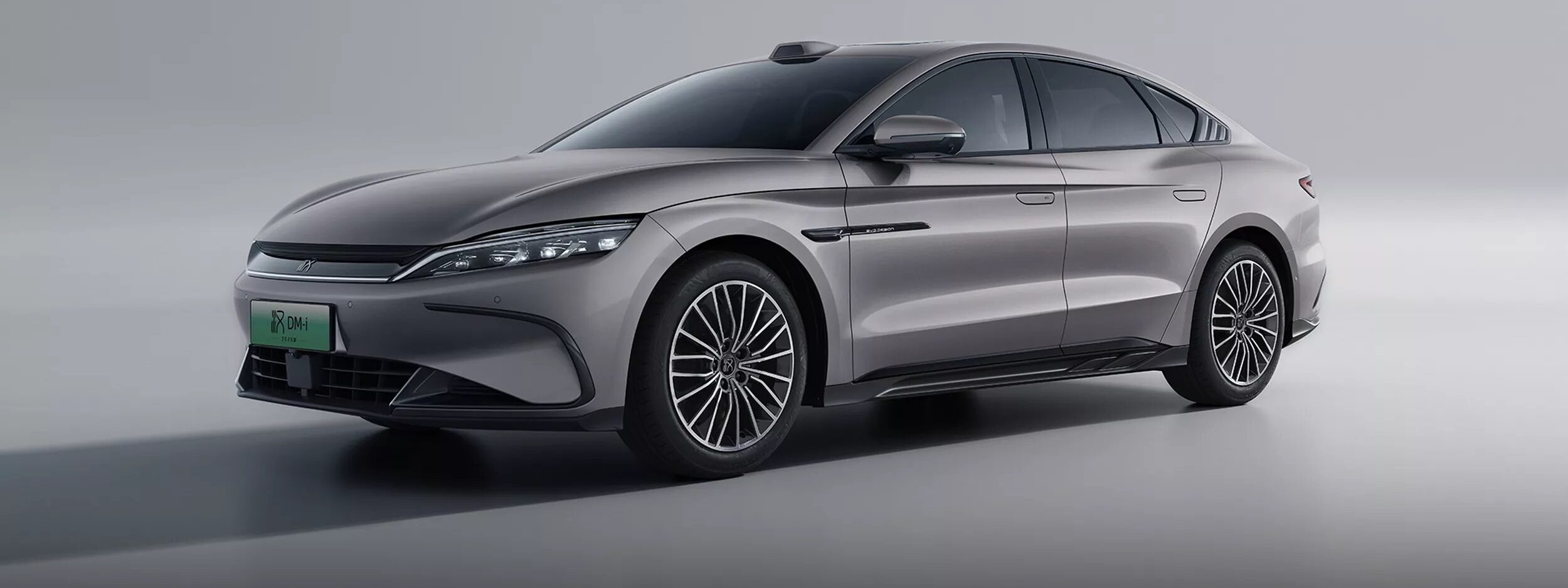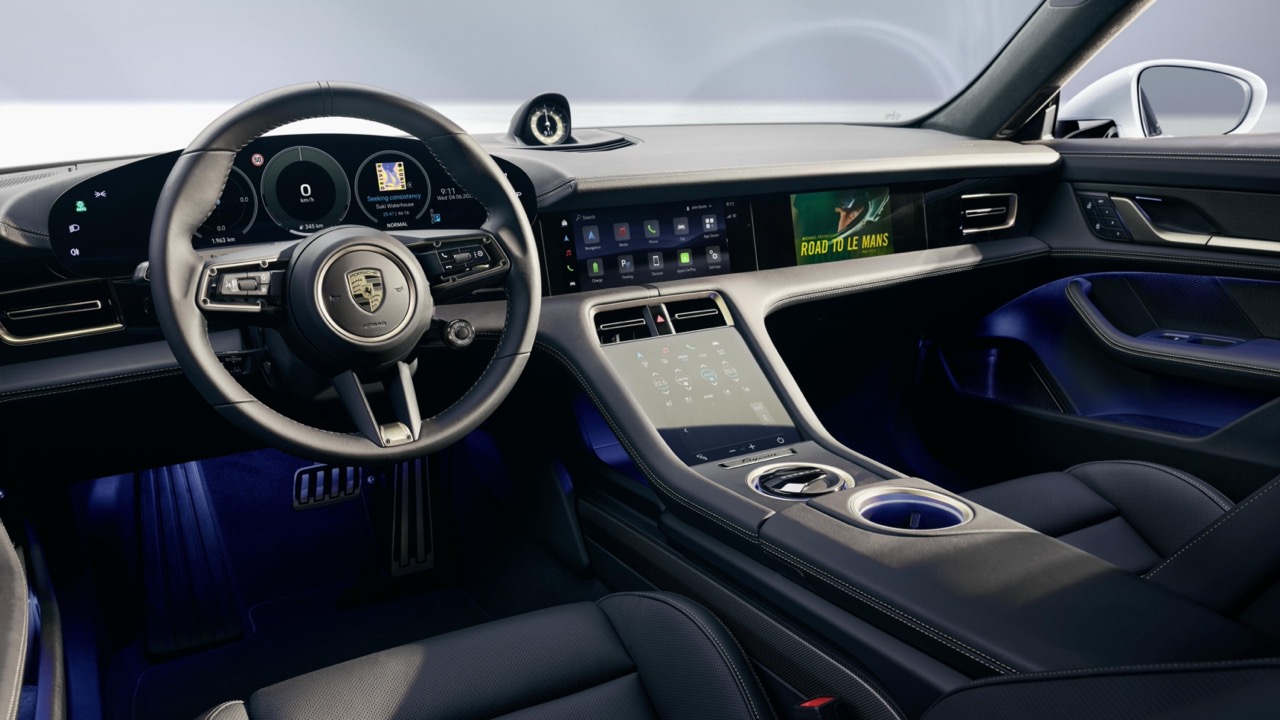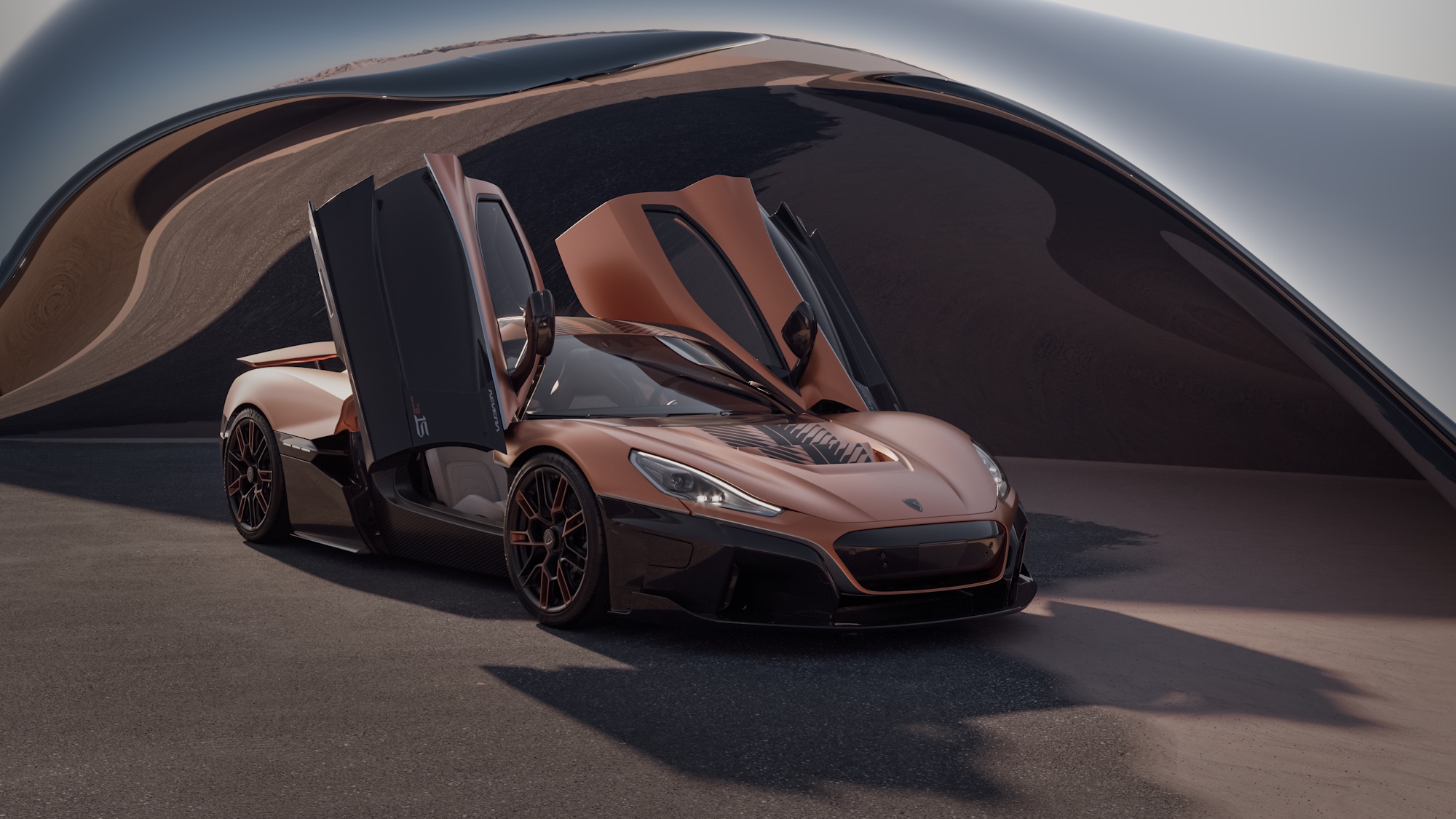In challenging times like these, Honda shows that it’s not just a company that makes and sells cars but also cares about the local community. In Malaysia, the company has demonstrated its corporate social responsibility in many ways, and the most recent activity is helping the local communities in Melaka who are affected by the COVID-19 pandemic.
Honda Malaysia has a special relationship with Melaka as its factory is located in the state. Recently, together with the Honda Malaysia Suppliers Club (HMSC), close to RM40,000 worth of essential goods to 6 charity homes in the state to help alleviate the burden brought about by the pandemic and total lockdown as well as to uplift their spirit through this gesture.
The 6 charity homes include old folks homes, welfare centres and orphanages. At the same time, this initiative also provided an opportunity for the company and HMSC to mutually strengthen with relationship.
“2021 continues to be a challenging year for Malaysia with the alarming rise in COVID-19 cases, and the country was placed under a nationwide lockdown since June 2021. The near total closure of the economic sectors has resulted in difficulties in sustaining livelihoods, especially among the communities that need support, thereby bringing adverse impact on their everyday life. We understand their situation and believe in order to overcome the challenges, we must move forward “Together As One” and help each other in every possible way,” said Honda Malaysia’s Managing Director & CEO, Madoka Chujo.
“Striving to be a Company society wants to exist, we collaborated with HMSC in an initiative to help ease the situation especially for the elderlies, orphans, people with disabilities and the homeless. As the nation is implementing Phase One of National Recovery Plan (NRP) in several states, the charity homes are even more difficult to get aid from the public. Hence, this initiative enabled Honda Malaysia to reach out to them,” she said.
Essential supplies that were distributed included rice, flour, eggs and cooking oil, as well as hygiene products such as disposable diapers, detergent and shower gel to charity homes in the vicinity the Melaka plant. Also provided were clothes for adults, as well as colouring books and small toys for the children.
“We hope the contributions from Honda Malaysia together with the aid from public donations and Social Welfare Department can provide some relief to their burden as well as joy and hope to the residents of the homes. We are also hopeful that the ongoing vaccination programme will help to curb the spread of COVID-19 and bring a safer environment for all of us in Malaysia,” Ms. Chujo added.
The 6 charity homes were Persatuan Kebajikan Kanak-Kanak Istimewa Dan Warga Emas Alor Gajah, Pertubuhan Kebajikan Warga Emas Dan Anak Yatim Victory, Pertubuhan Kebajikan Anak-Anak Harapan, Persatuan Kebajikan Sri Murni Insan Istimewa, Pertubuhan Kebajikan Bhagawan Sri Ramakrishna and Pusat Jagaan Pertubuhan Villa Harapan. A total of more than 300 people are residents at these homes.
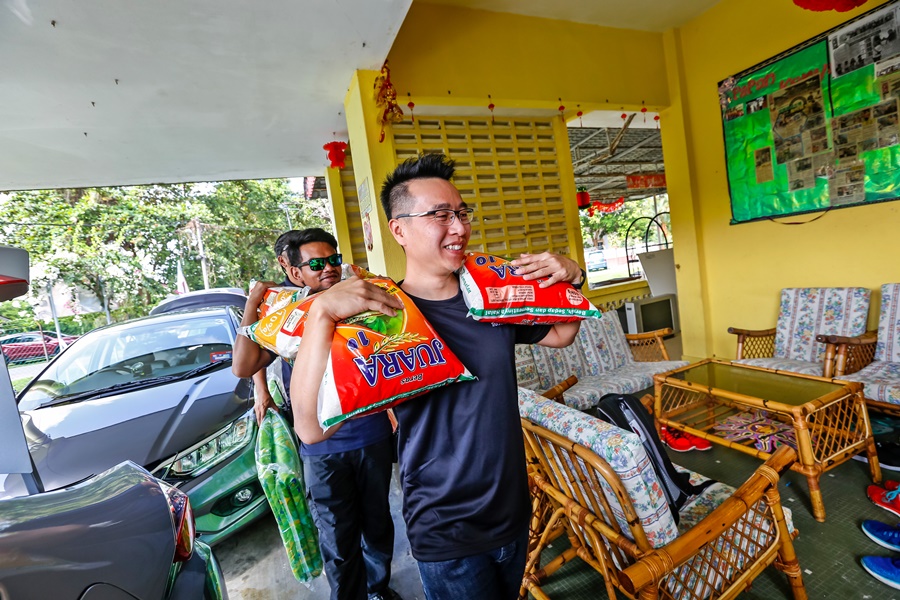
Meanwhile, on the business front, Honda Malaysia’s plant and authorised dealer showrooms remain closed. However, owners can still obtain support services for preventive maintenance, repair work and towing assistance. Appointments must be made in advance before visiting a service centre, and in accordance with regulations, the service centre should be within 10 kms of the owner’s home. For information and assistance, call 1 800 88 2020.
Honda’s IGNITION program helps start new businesses proposed by employees




